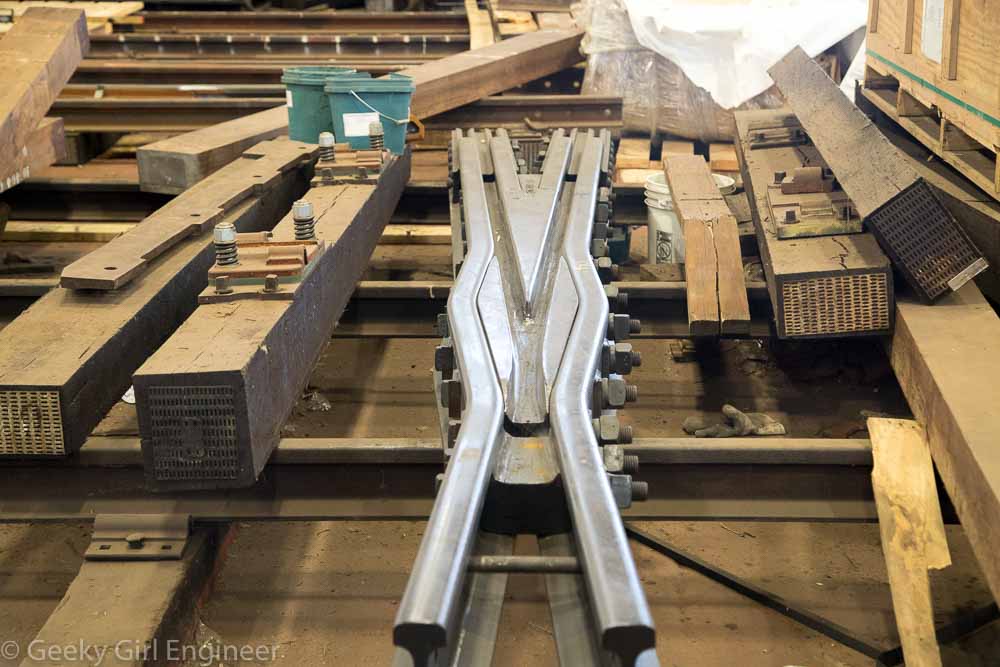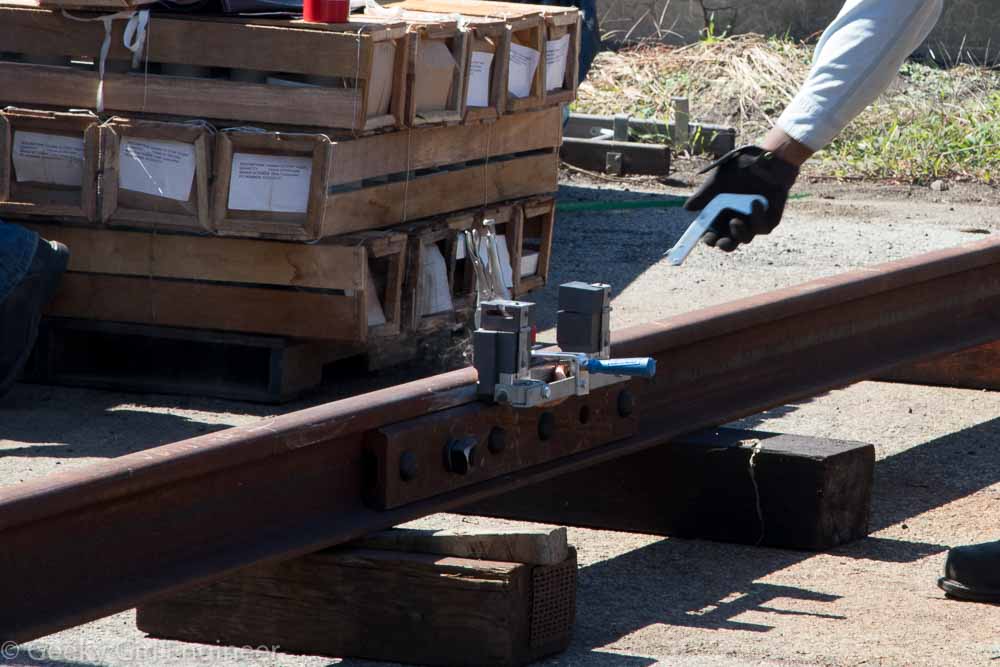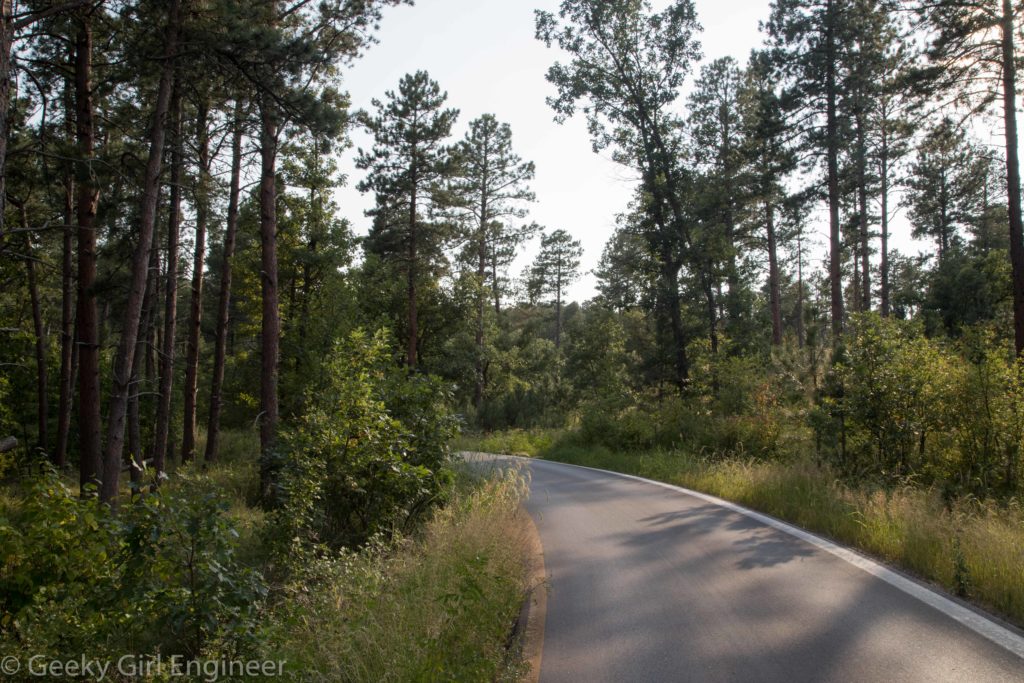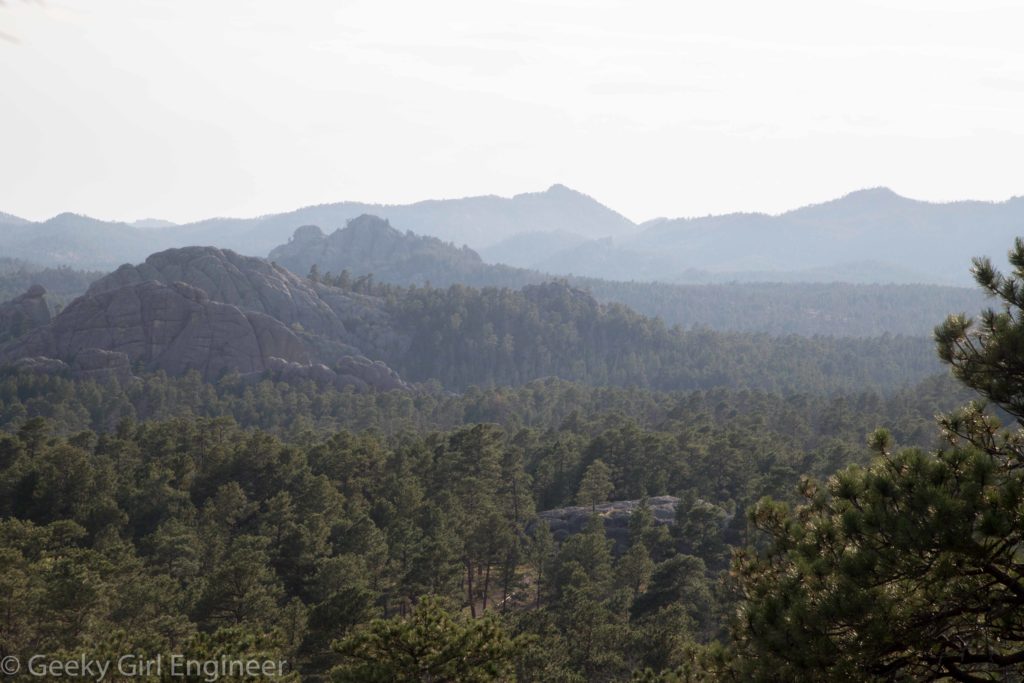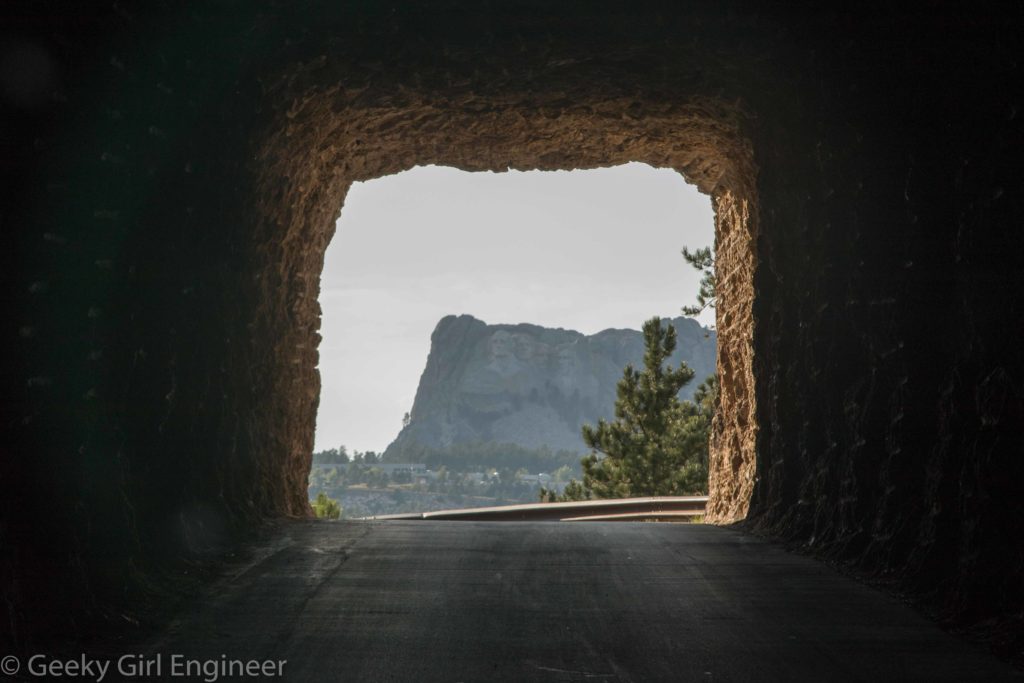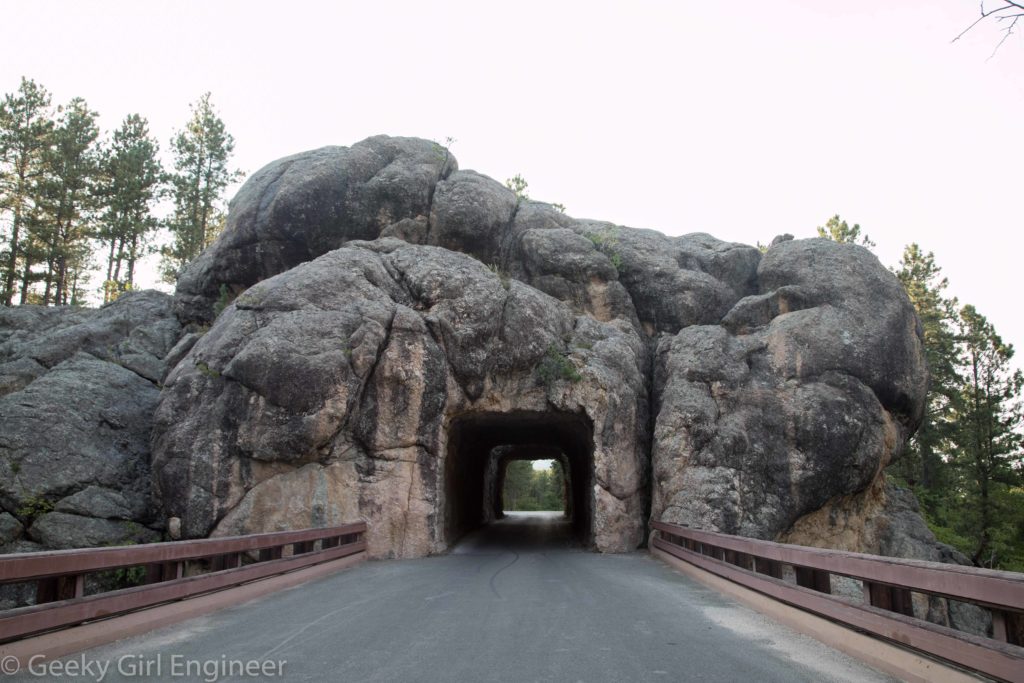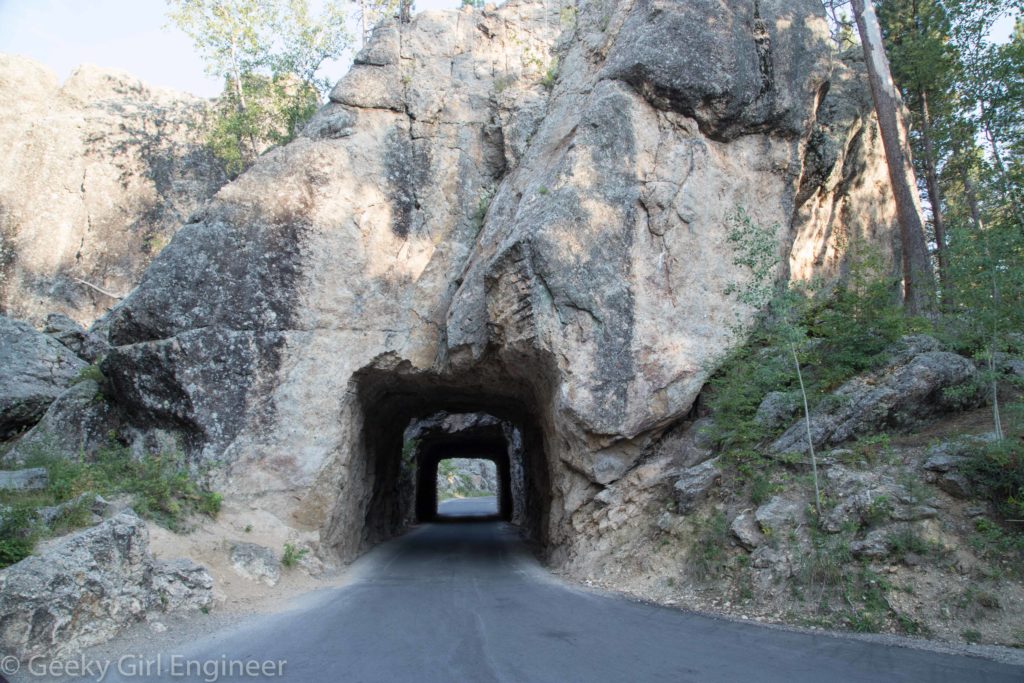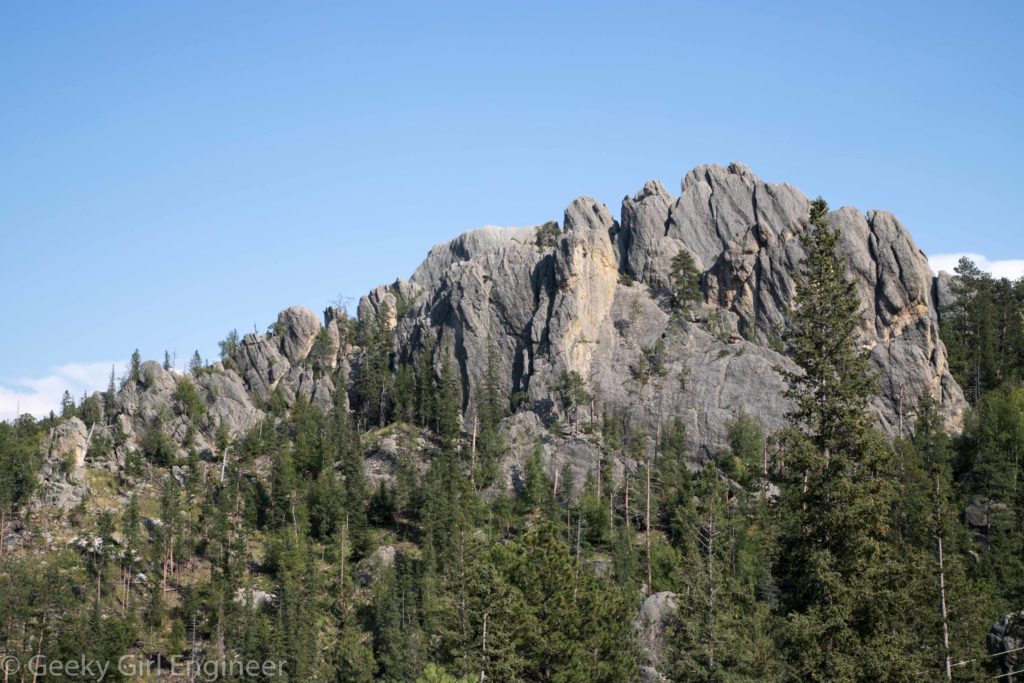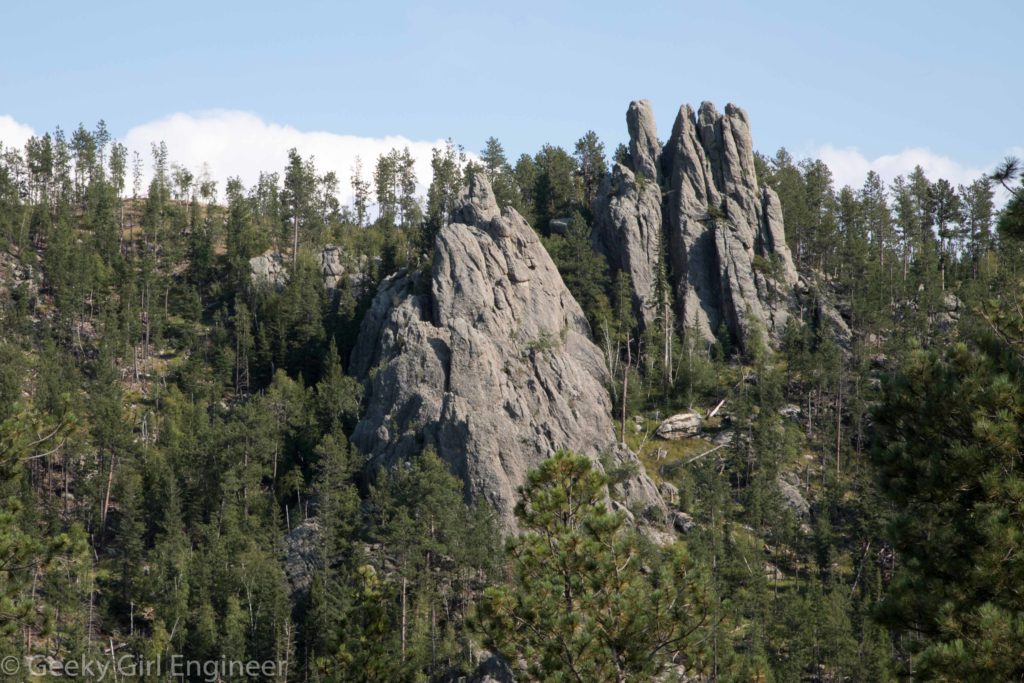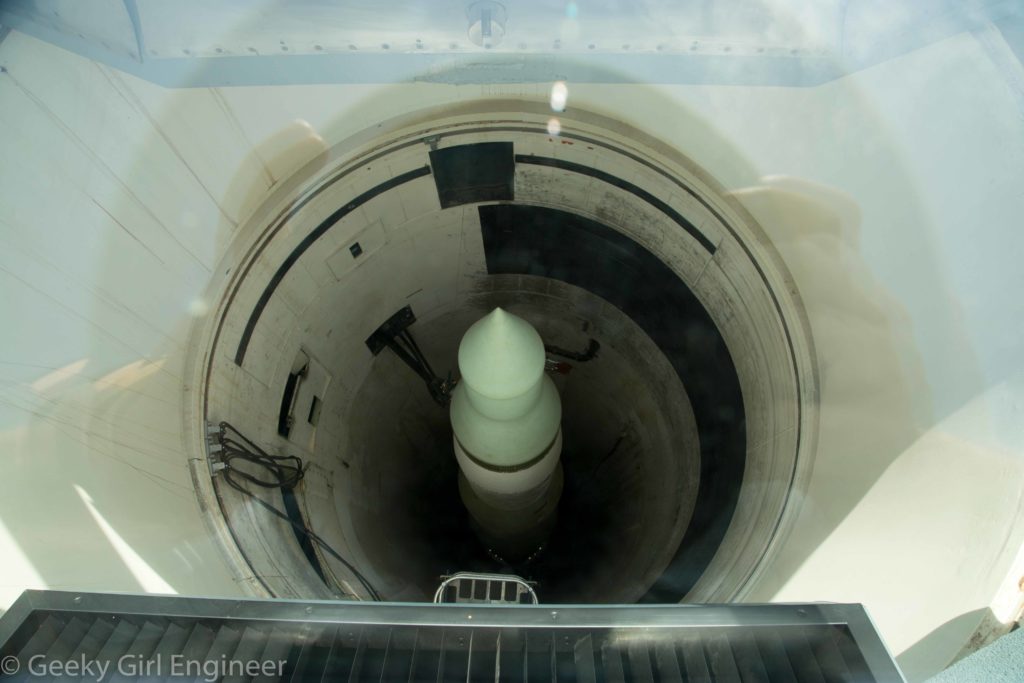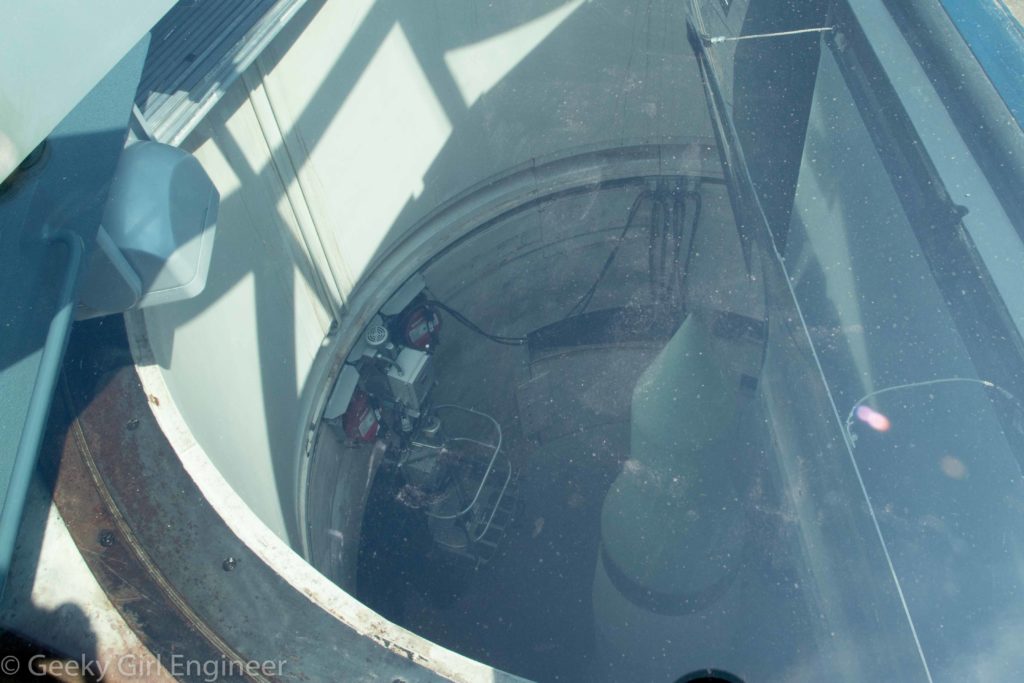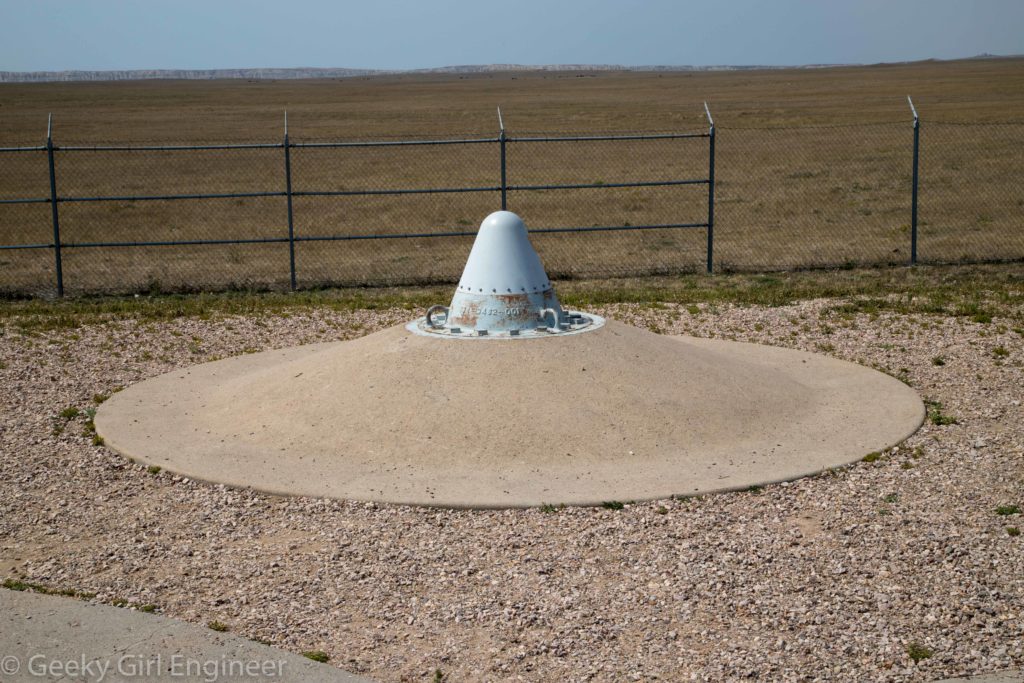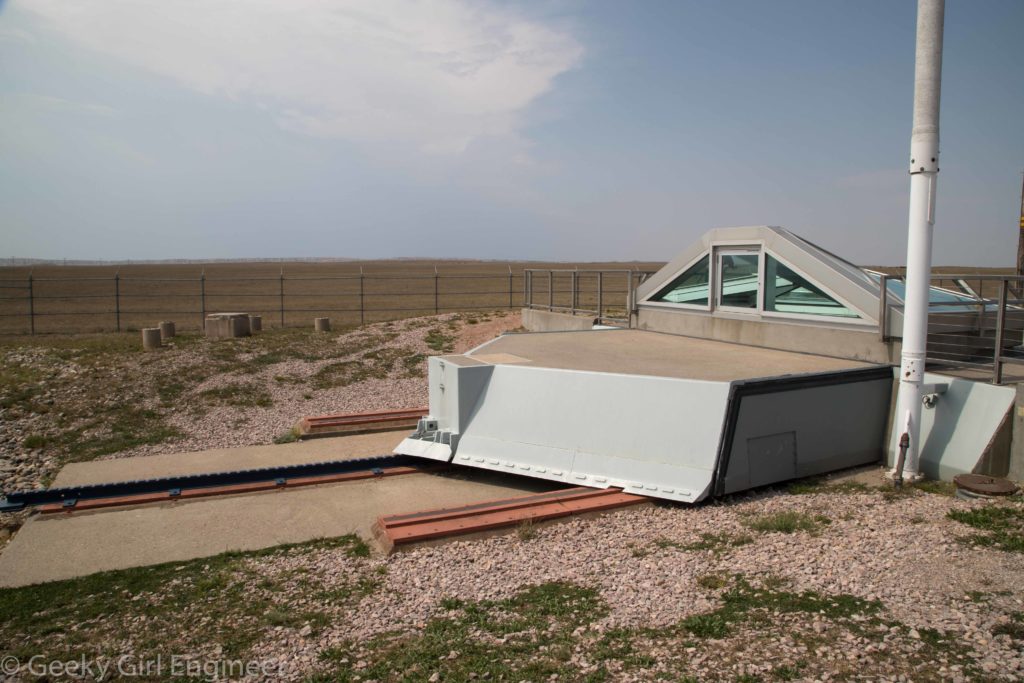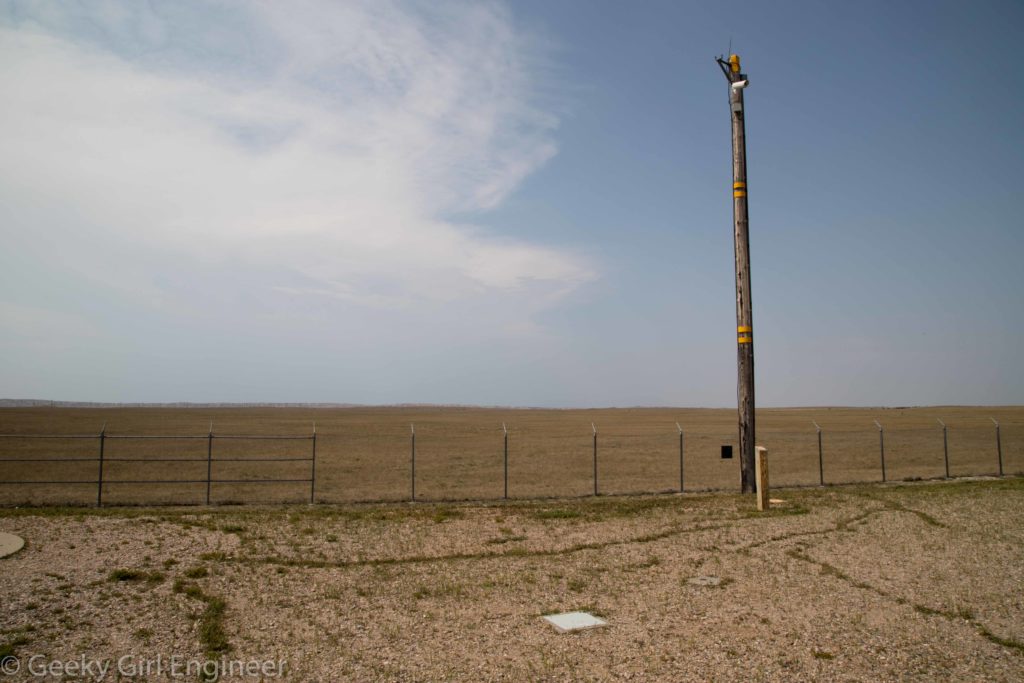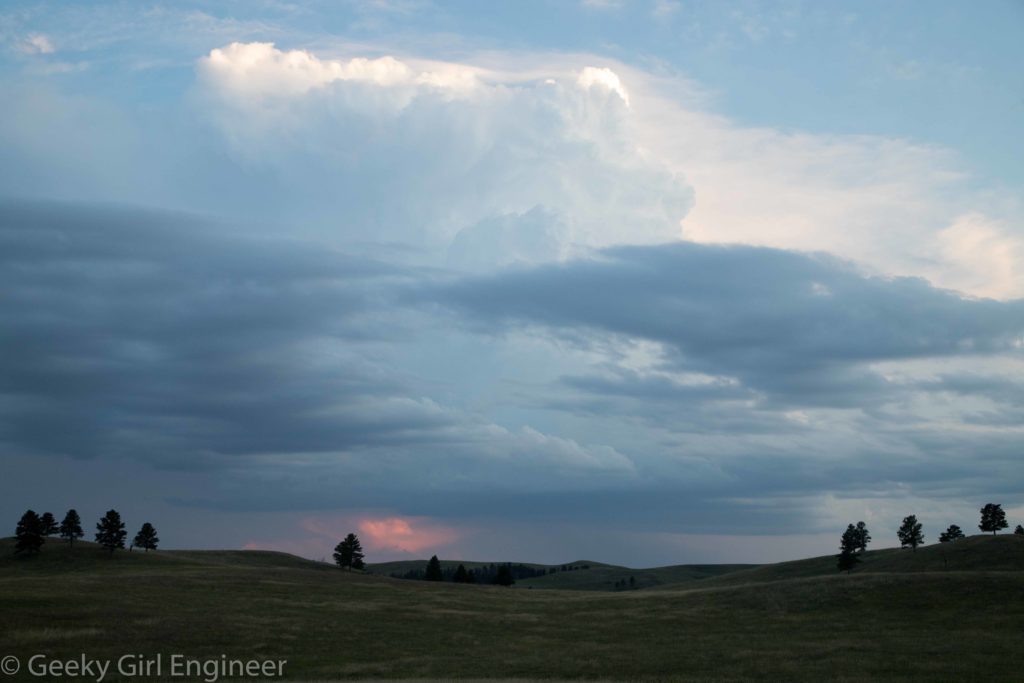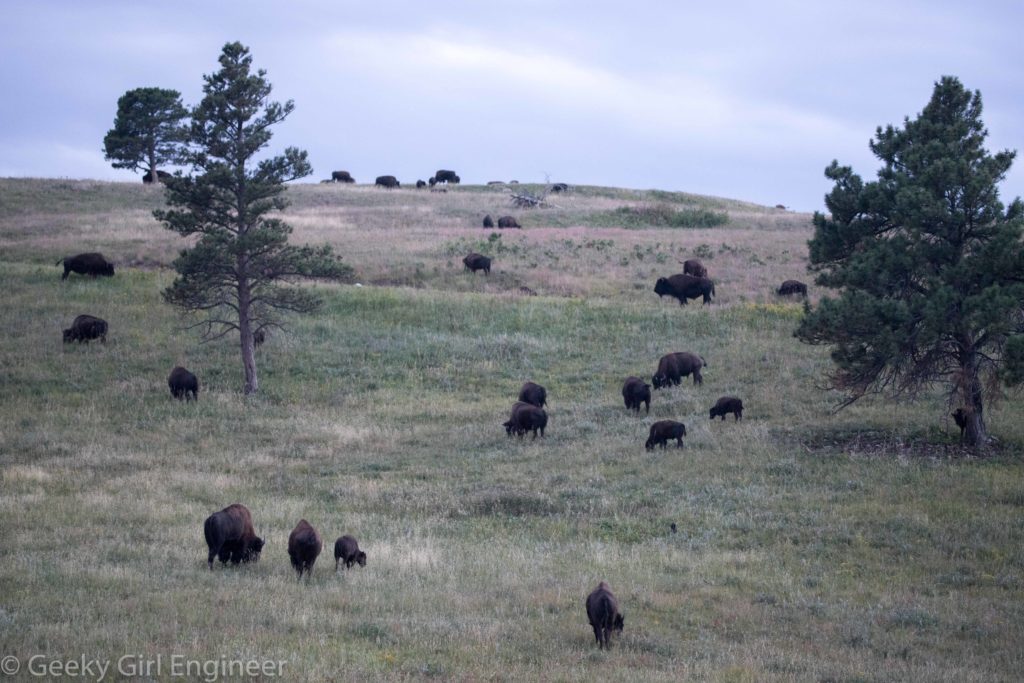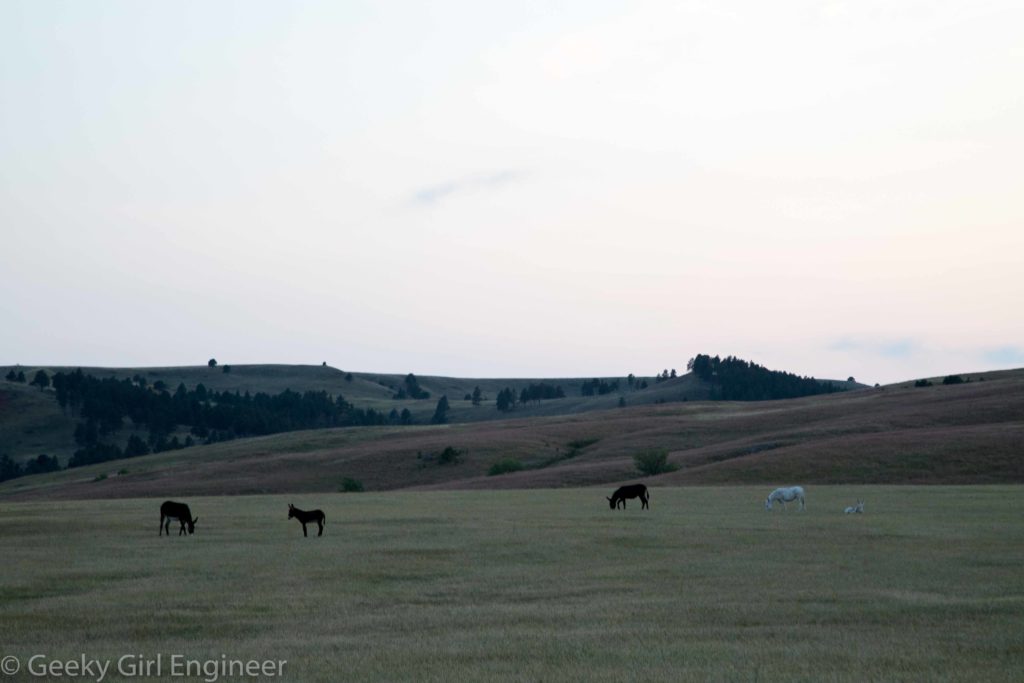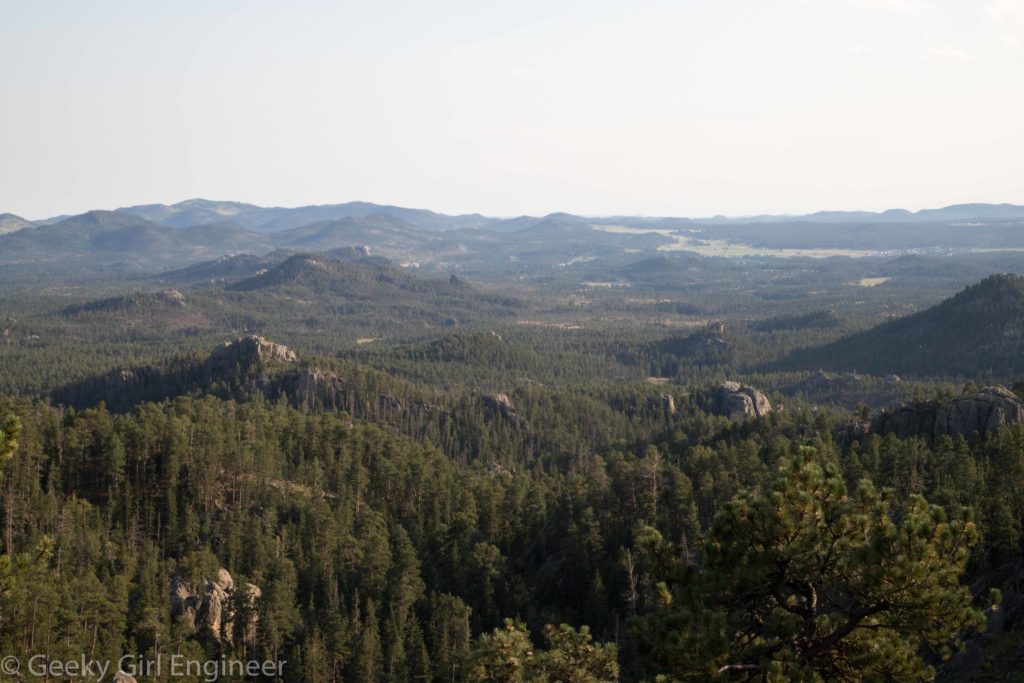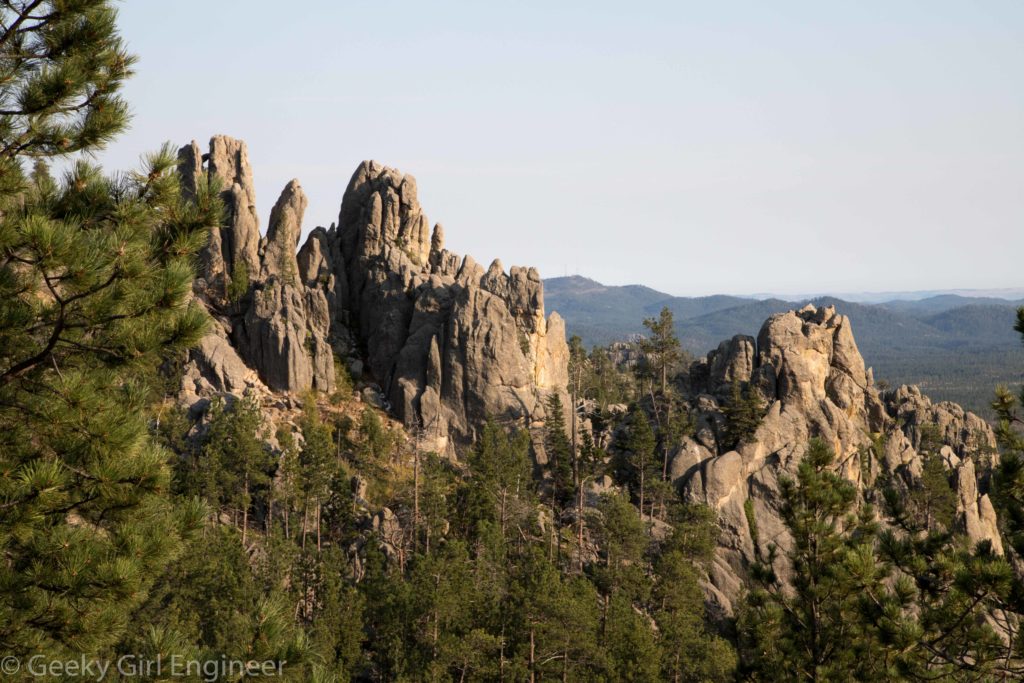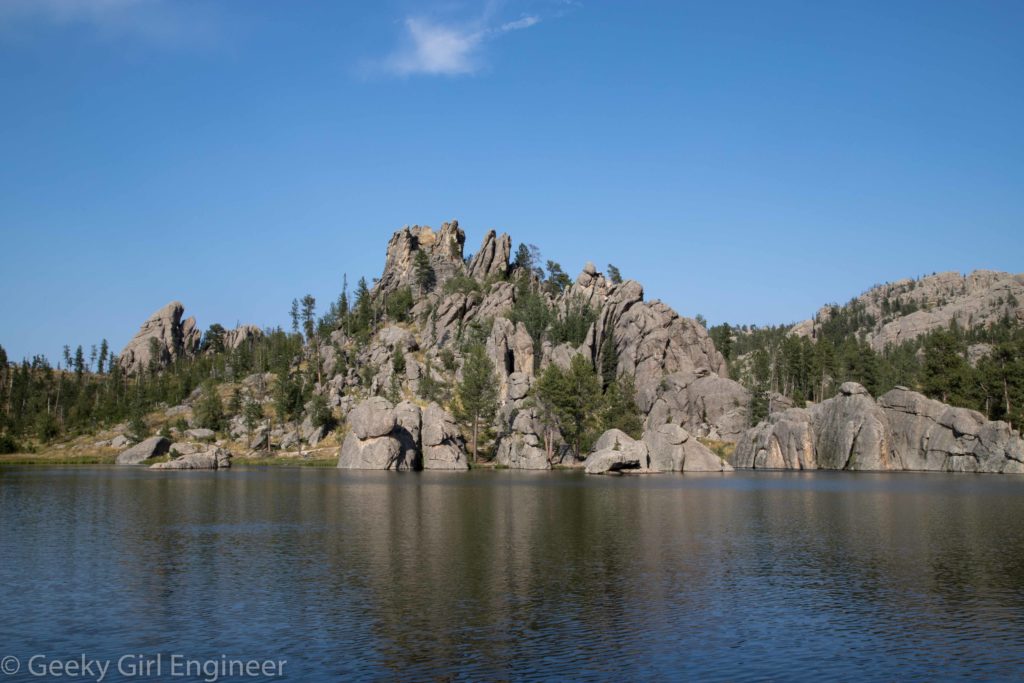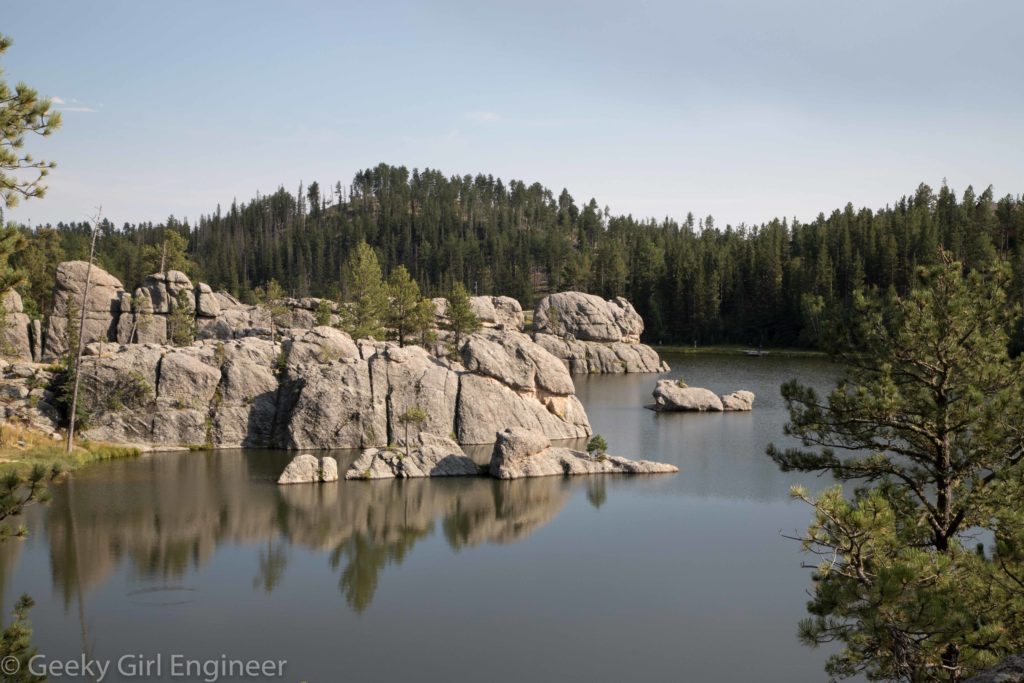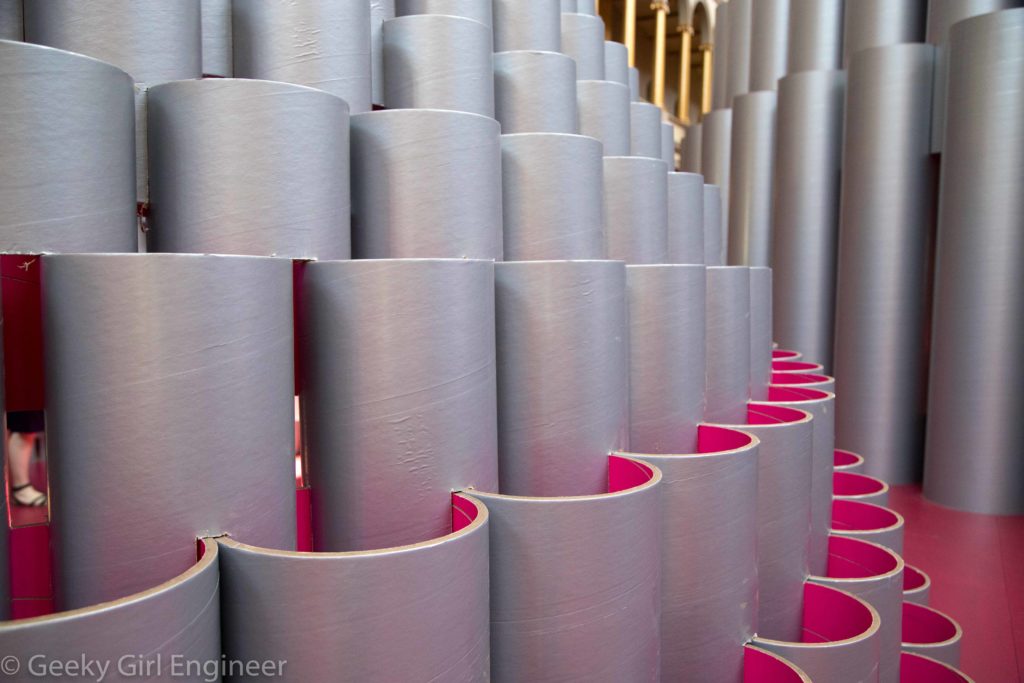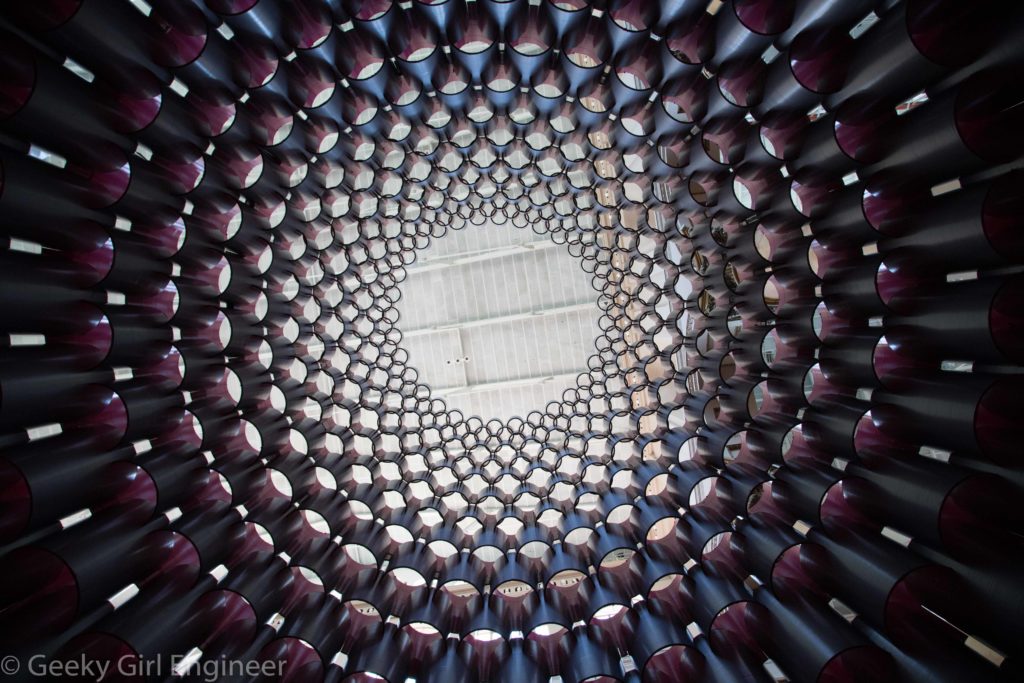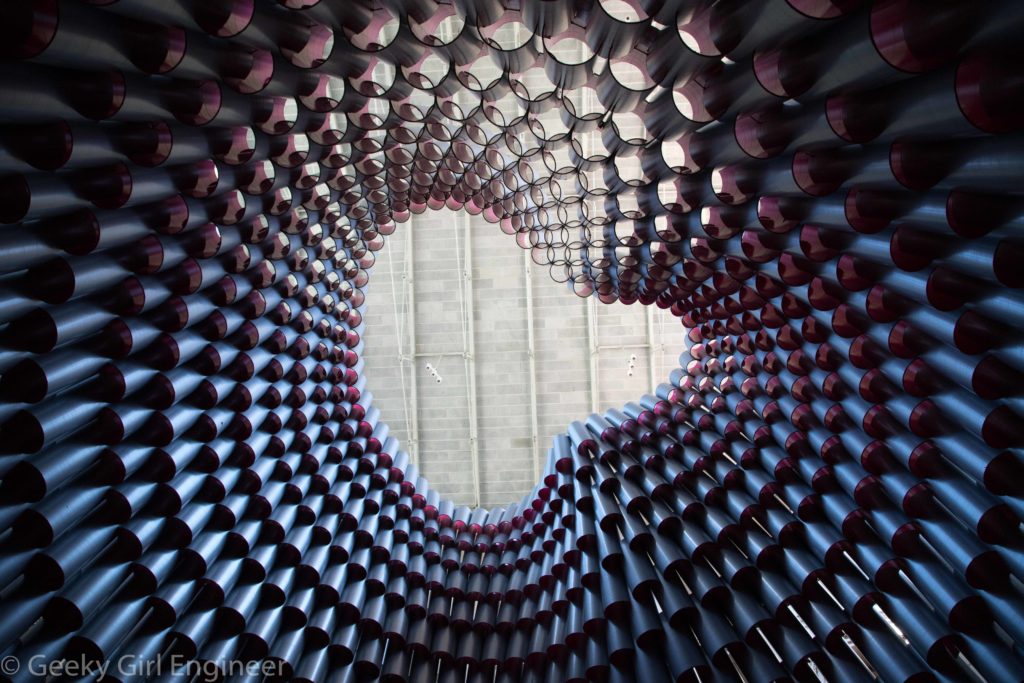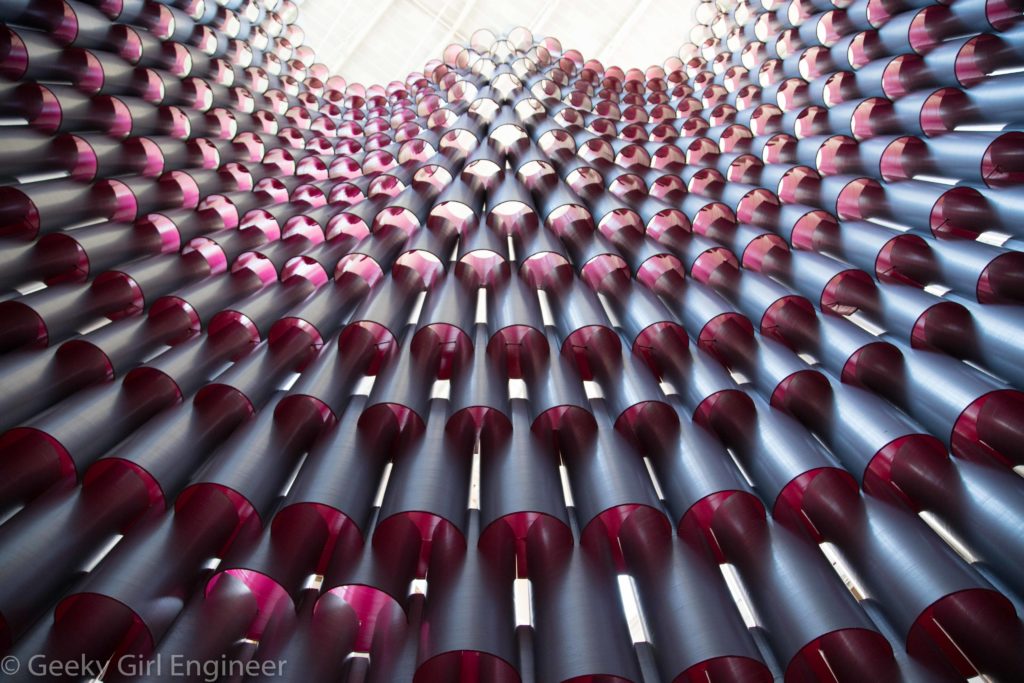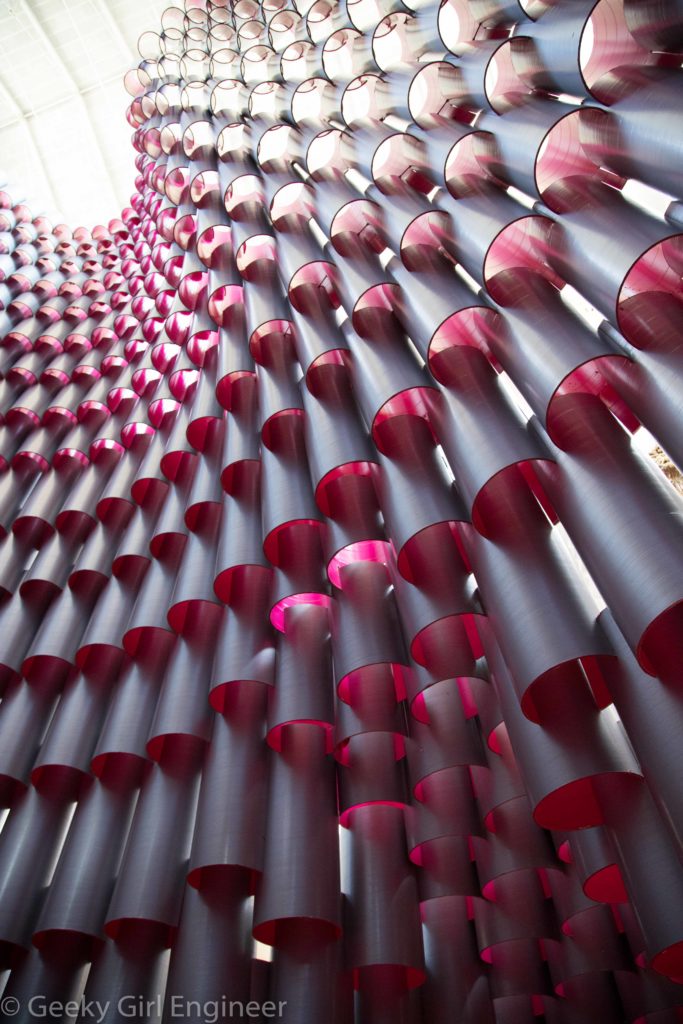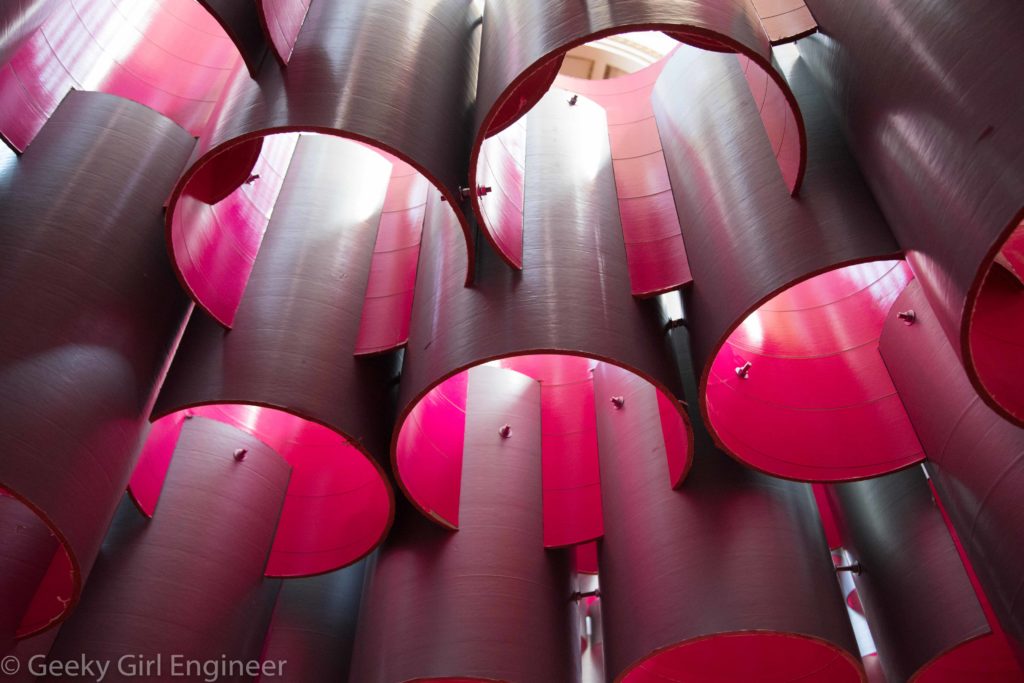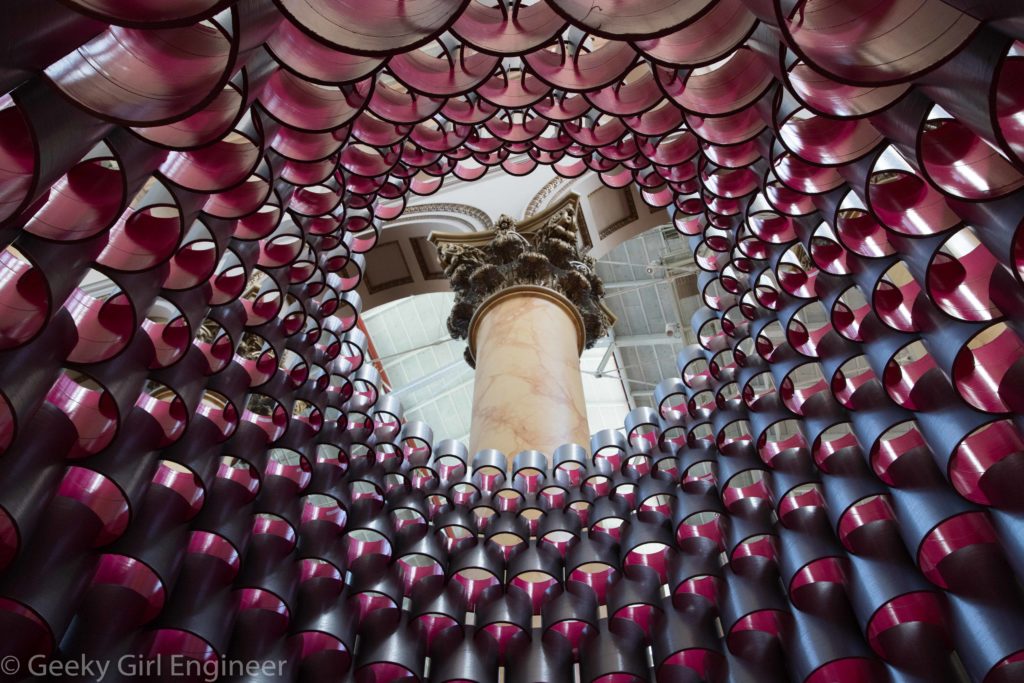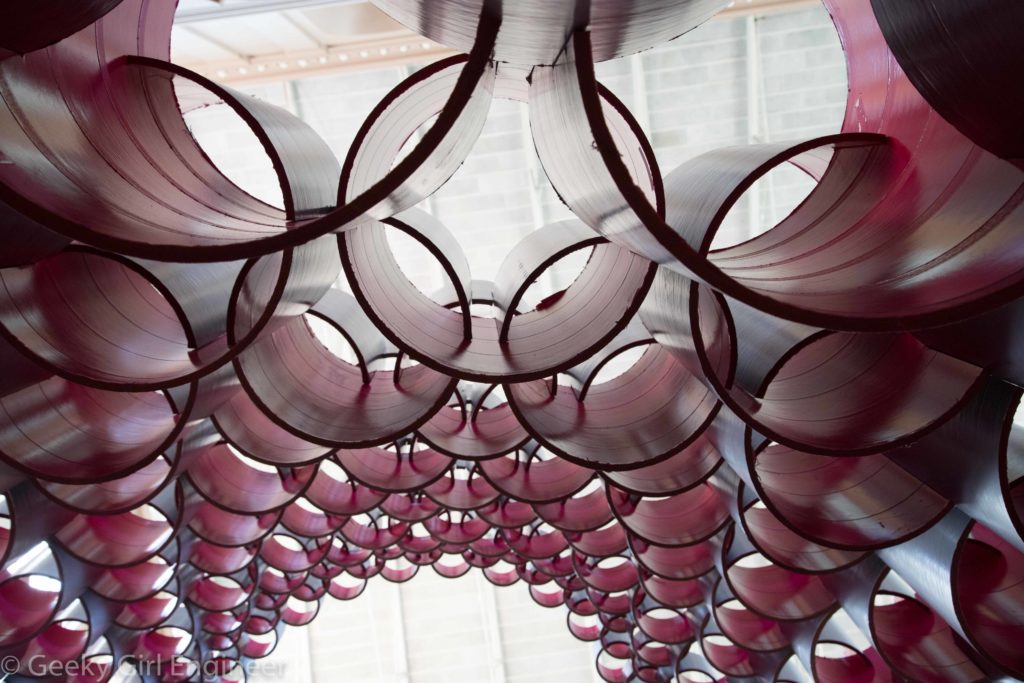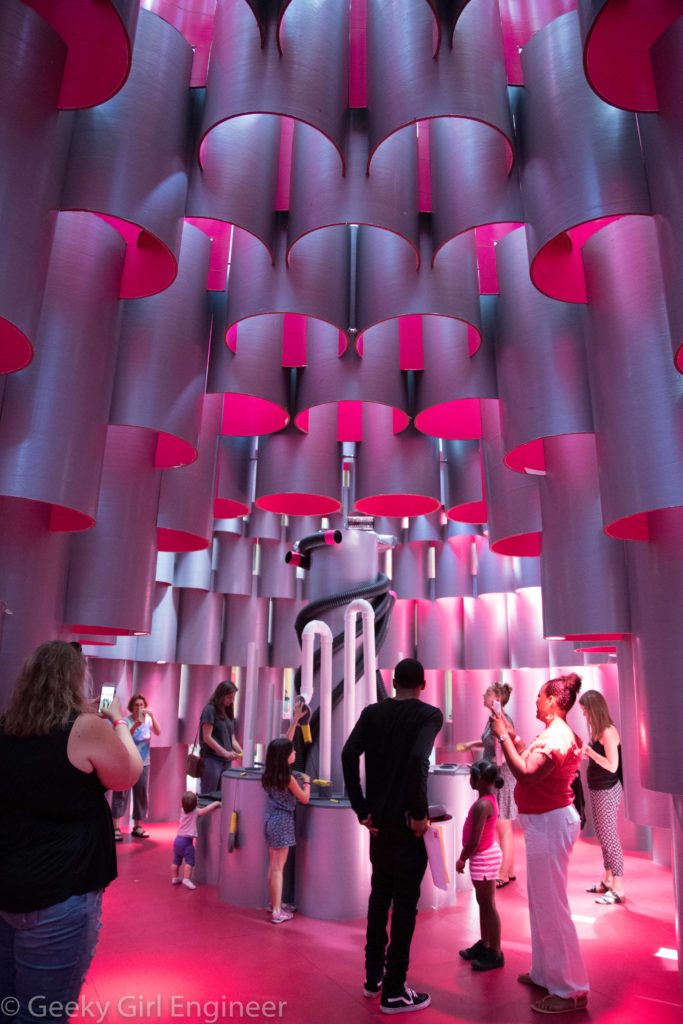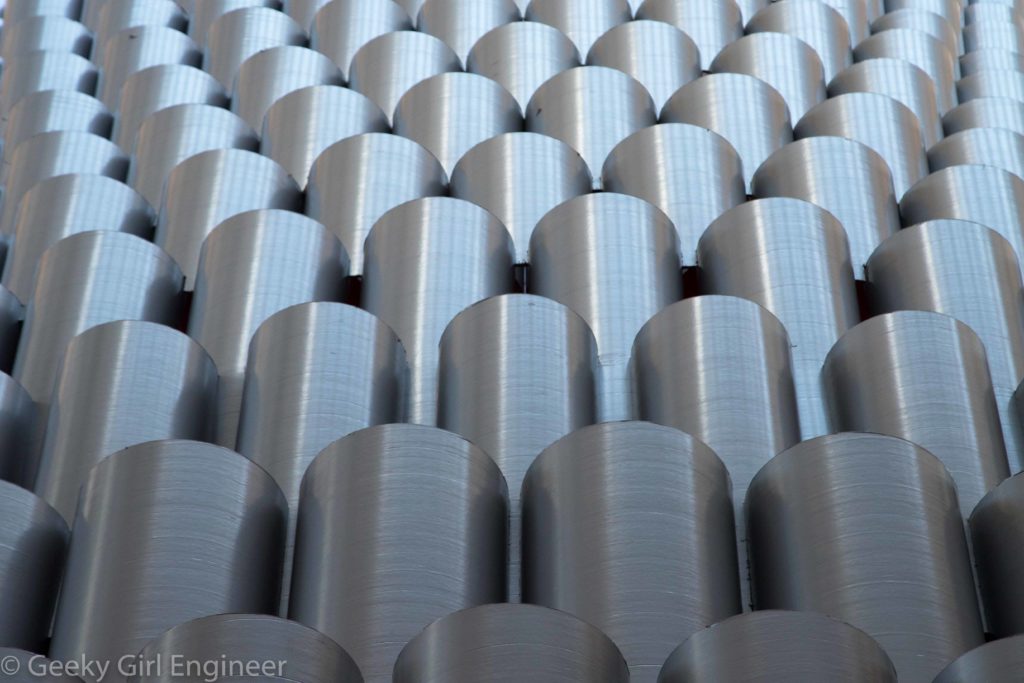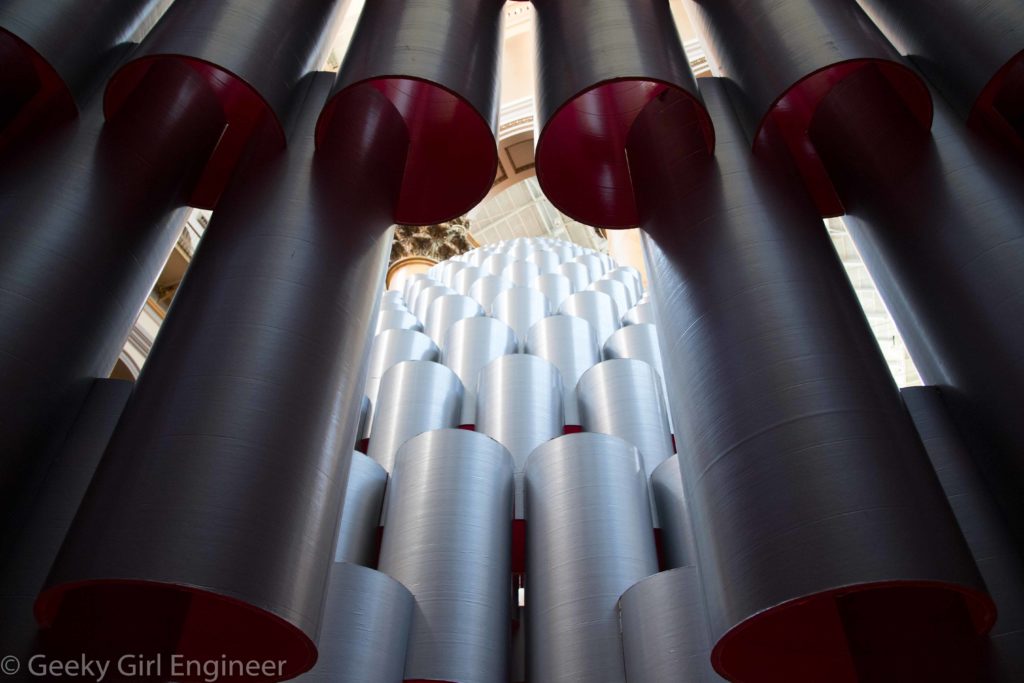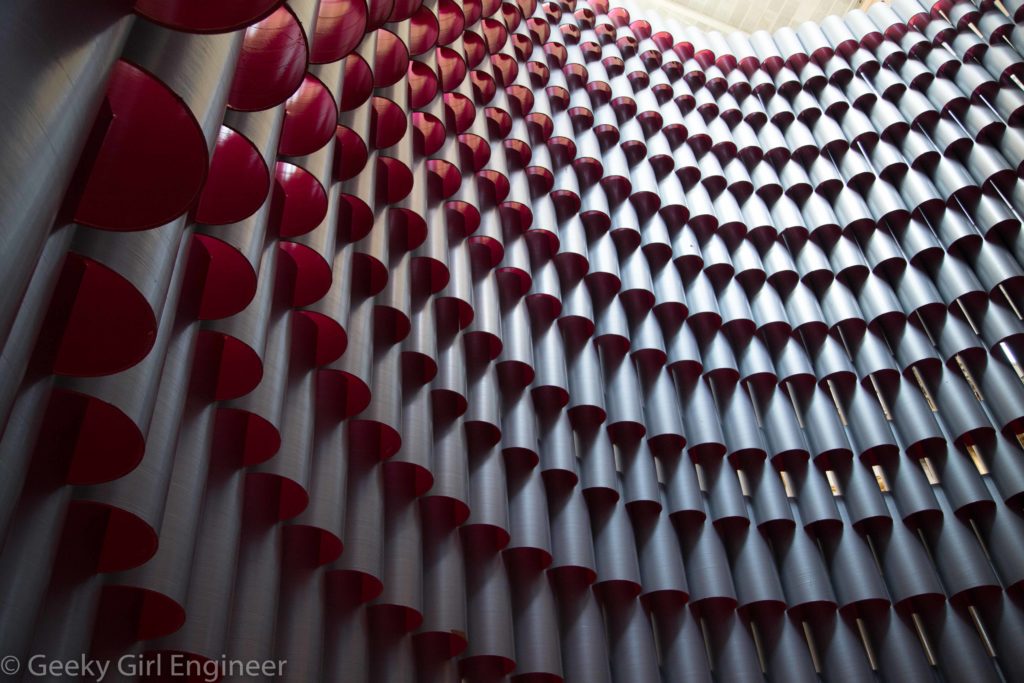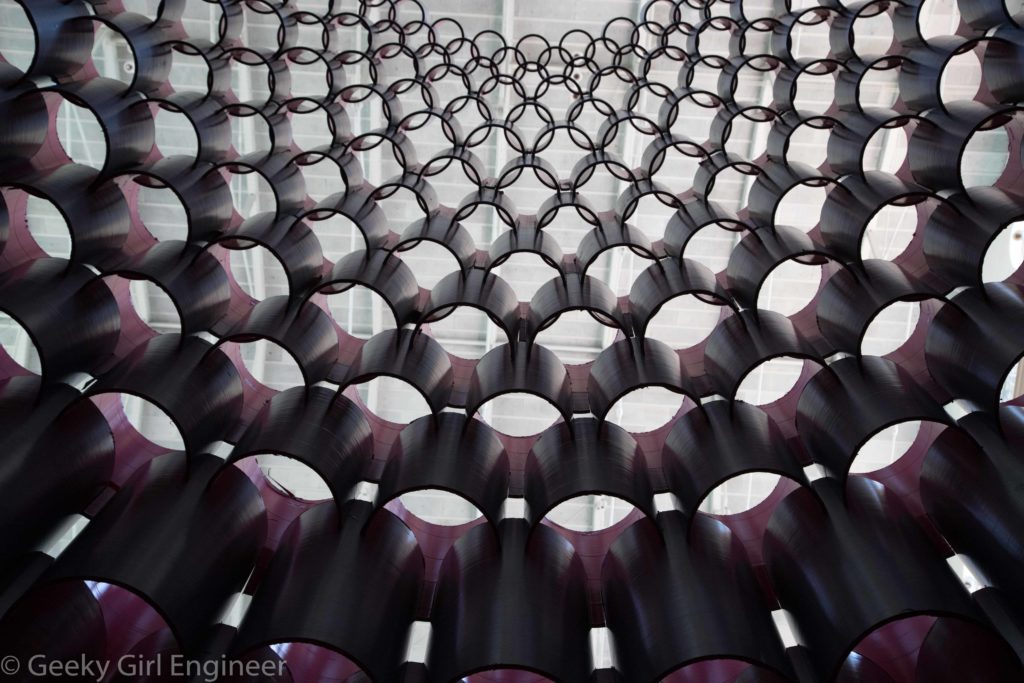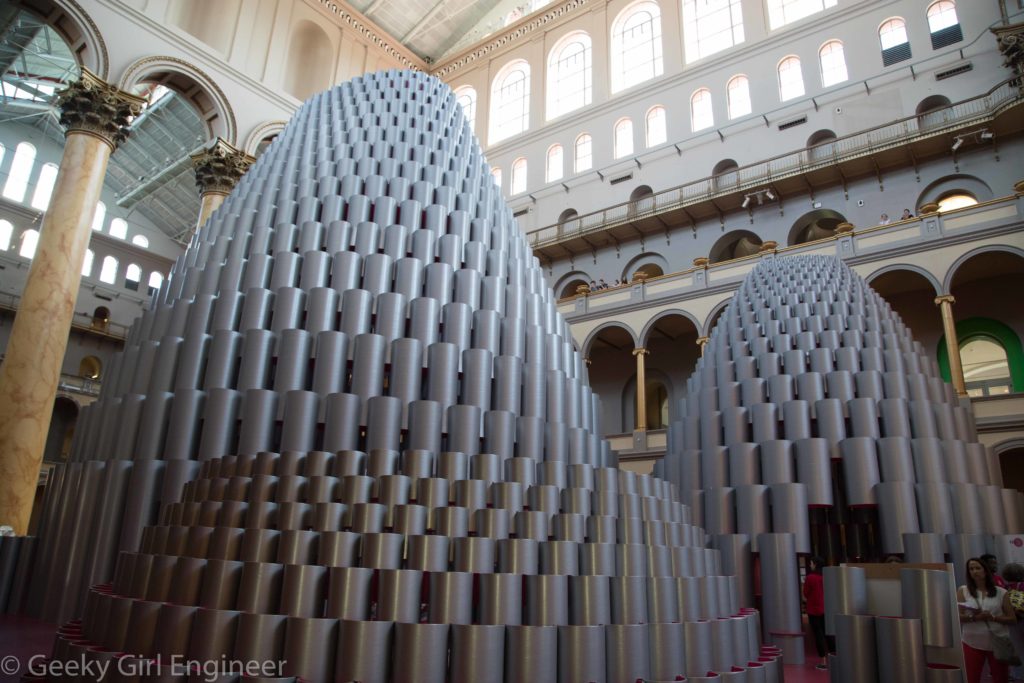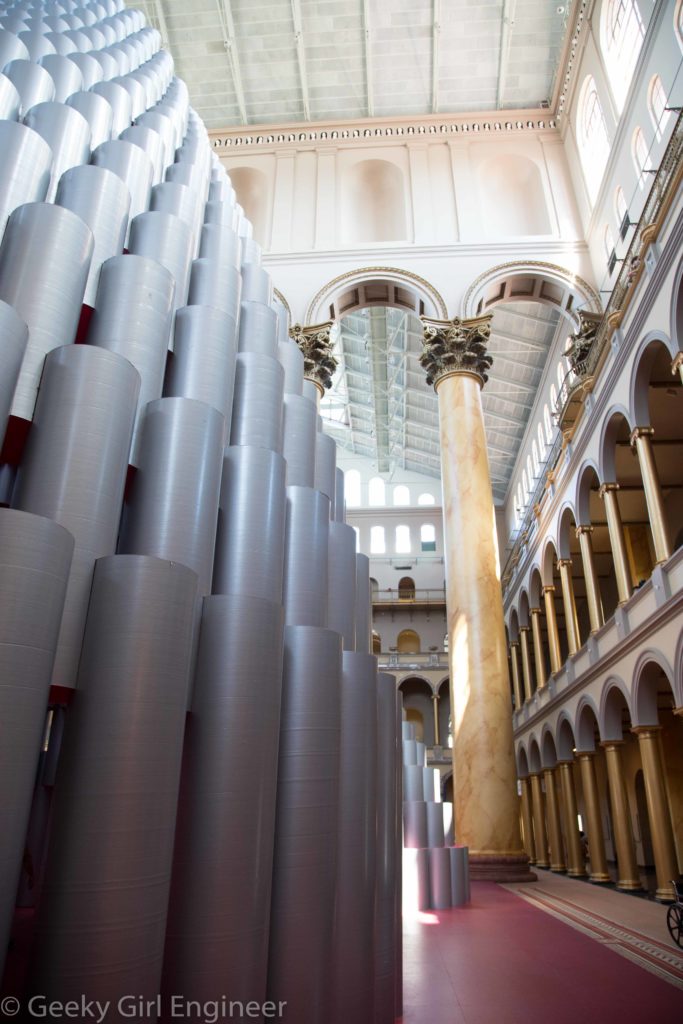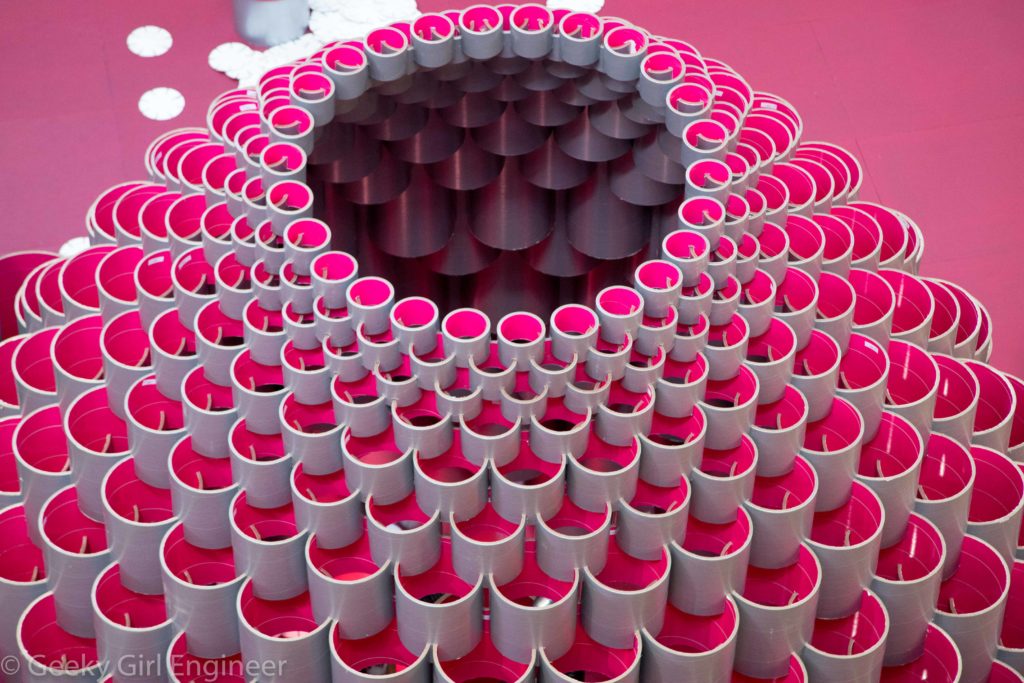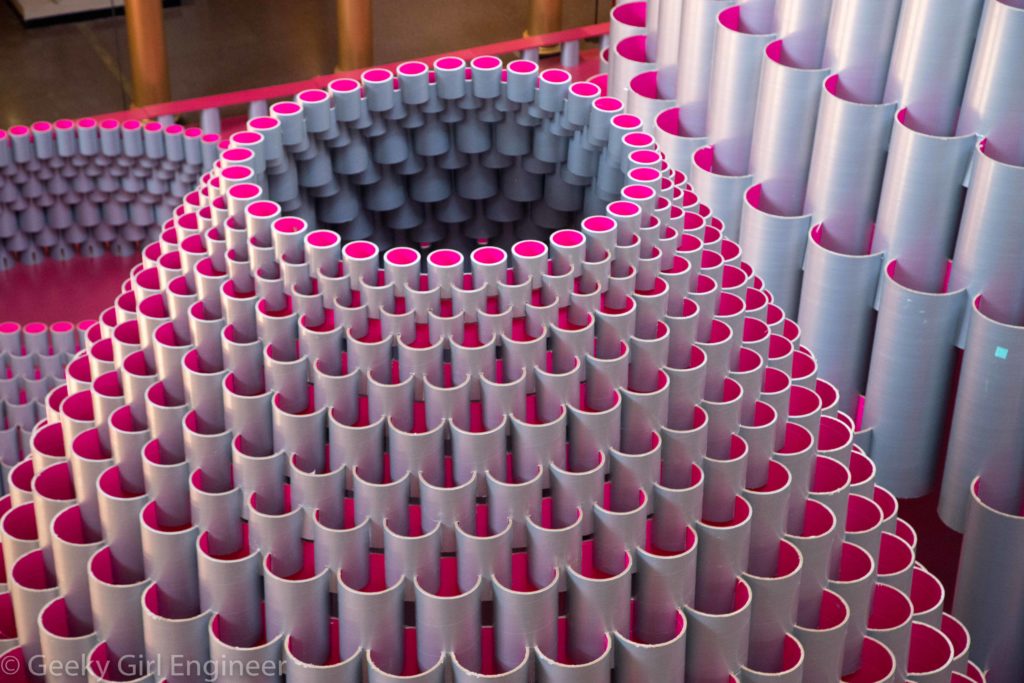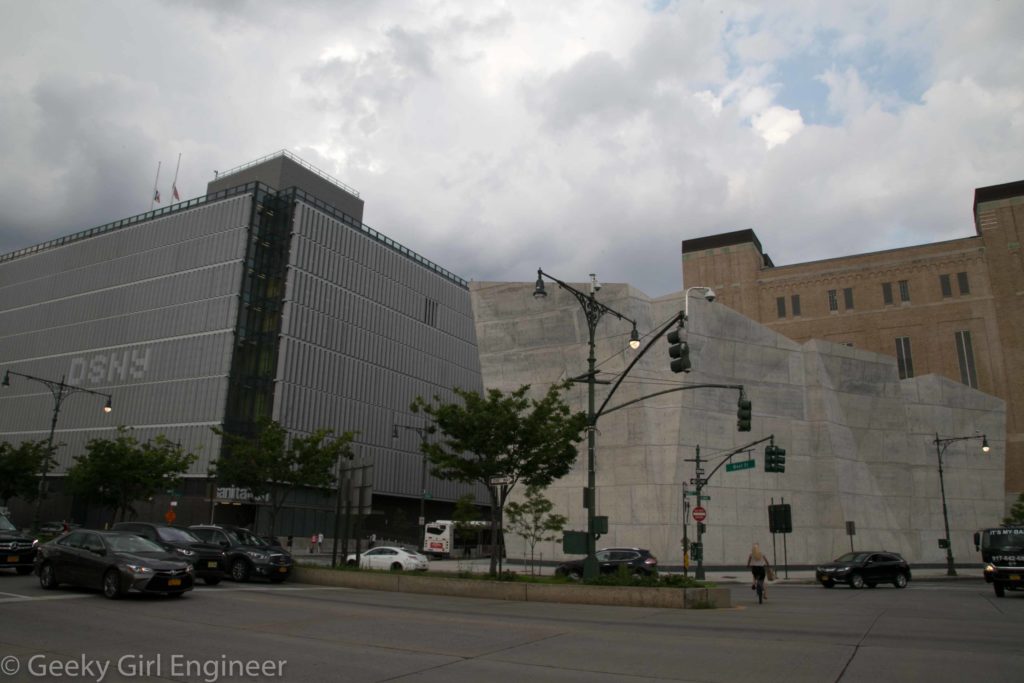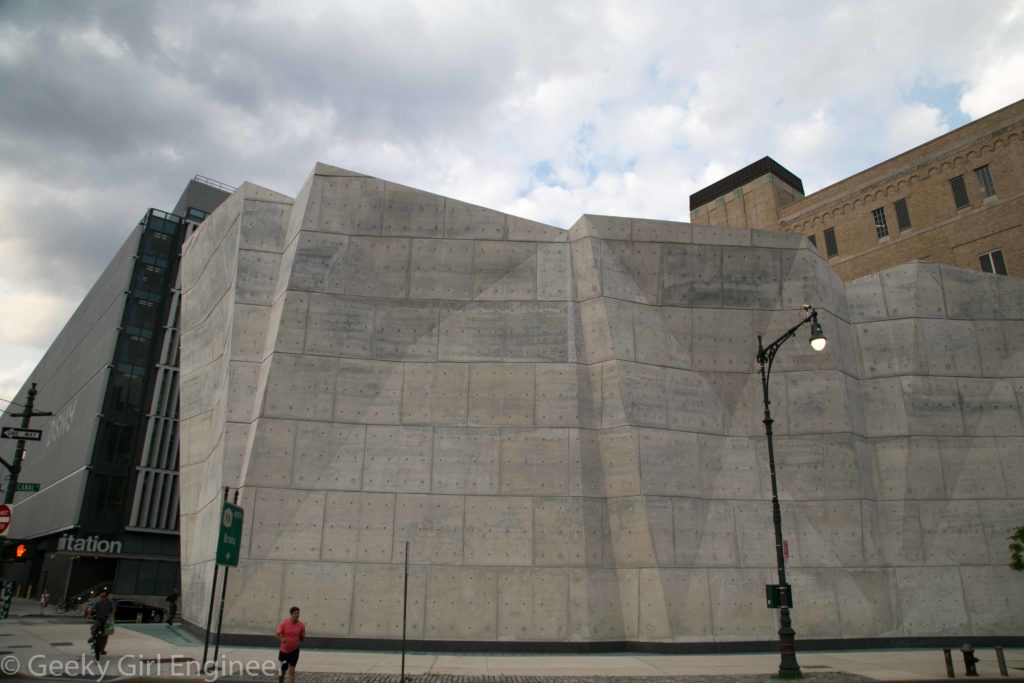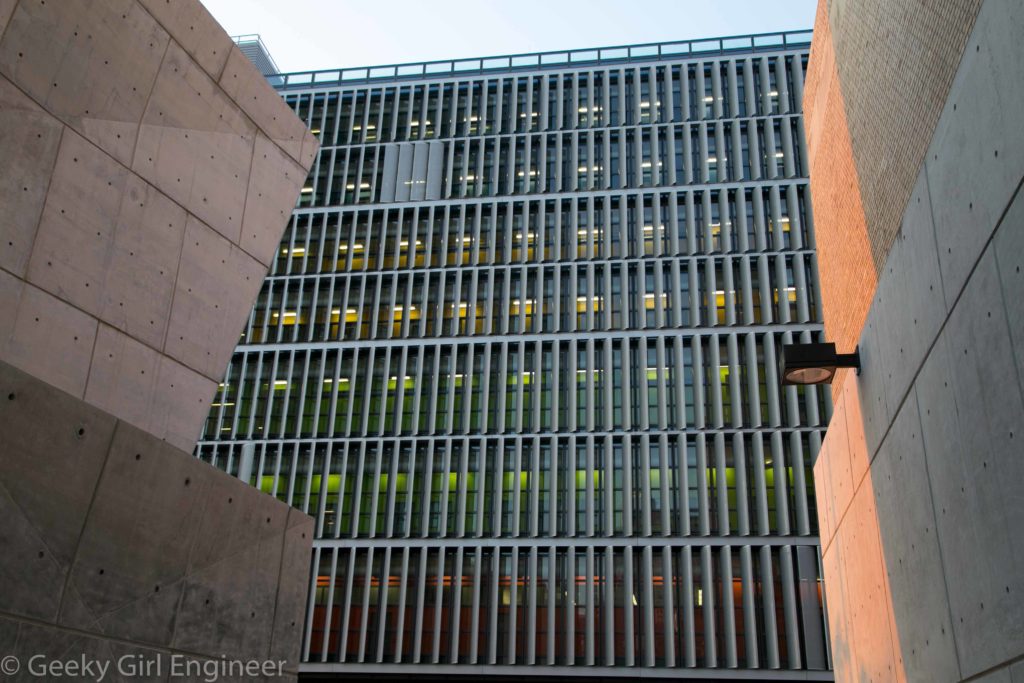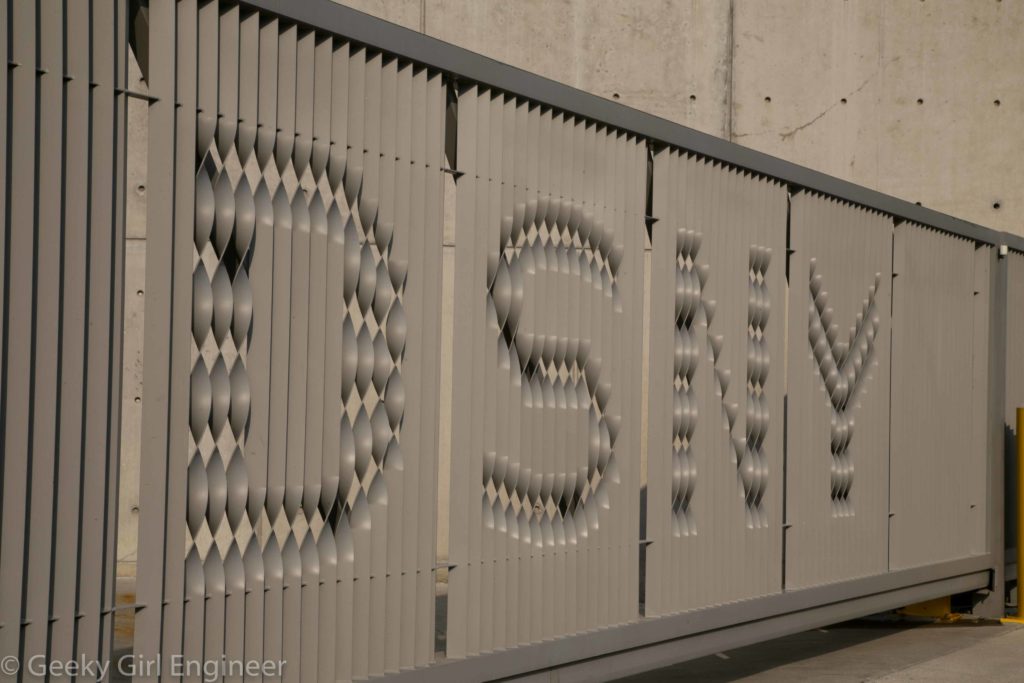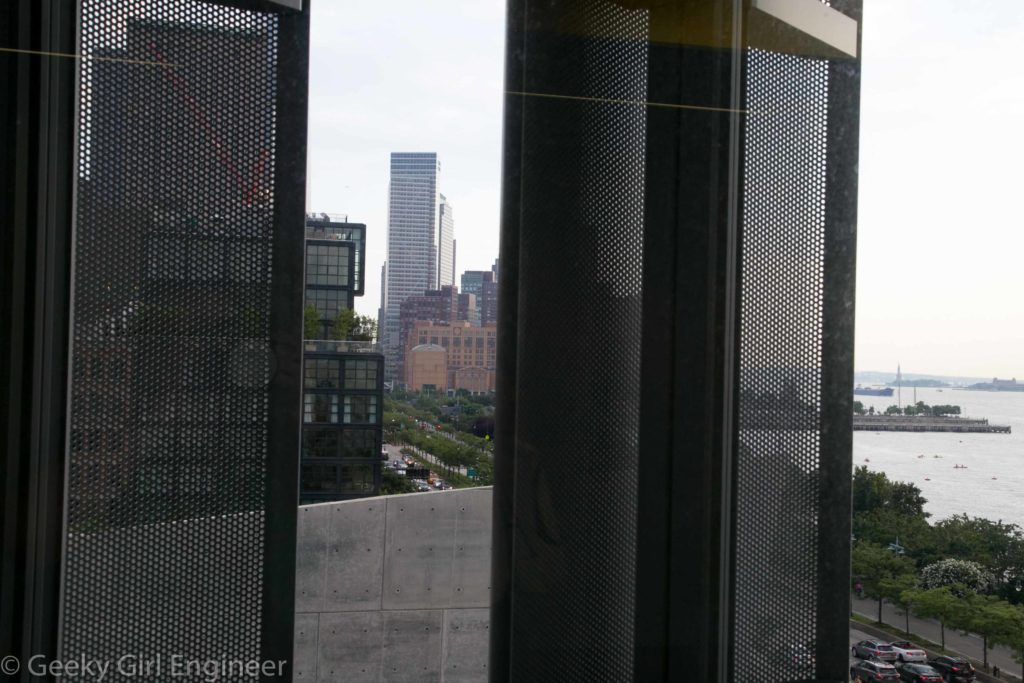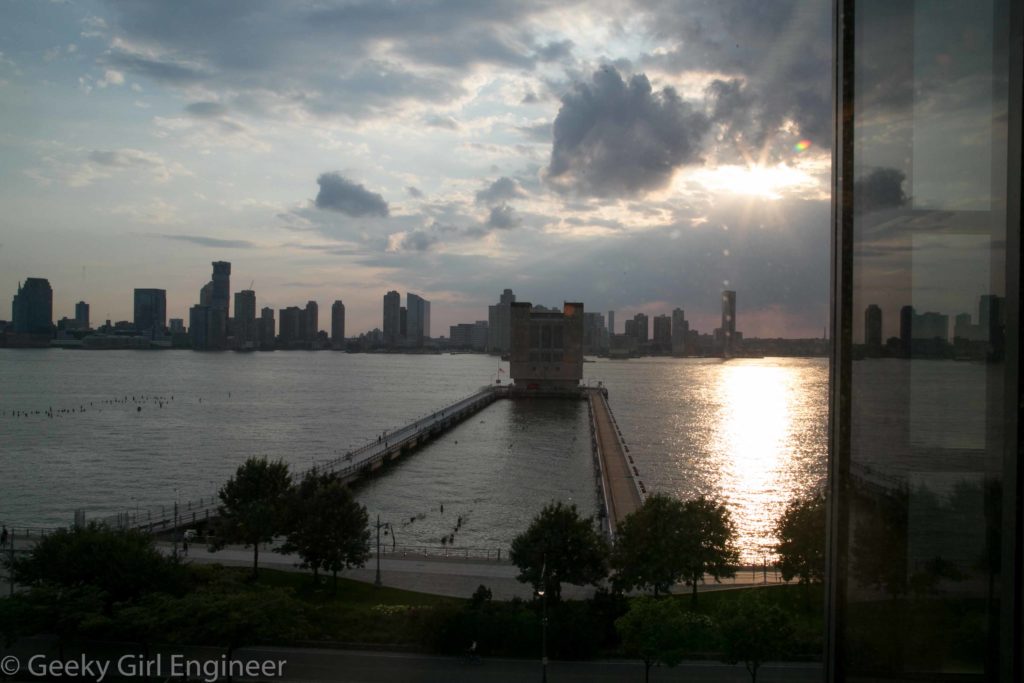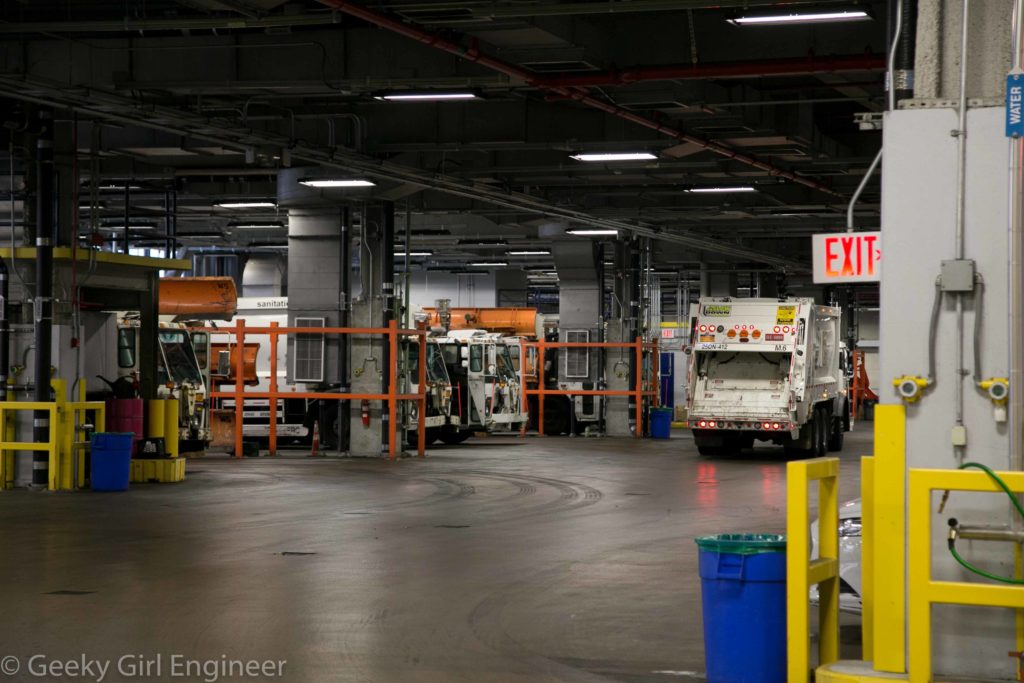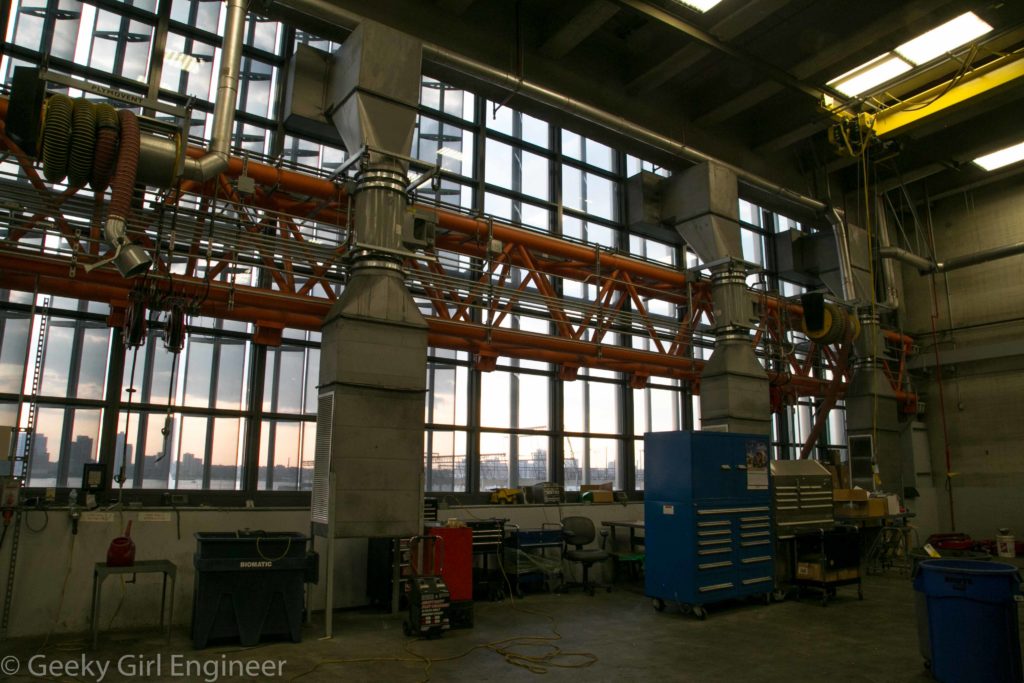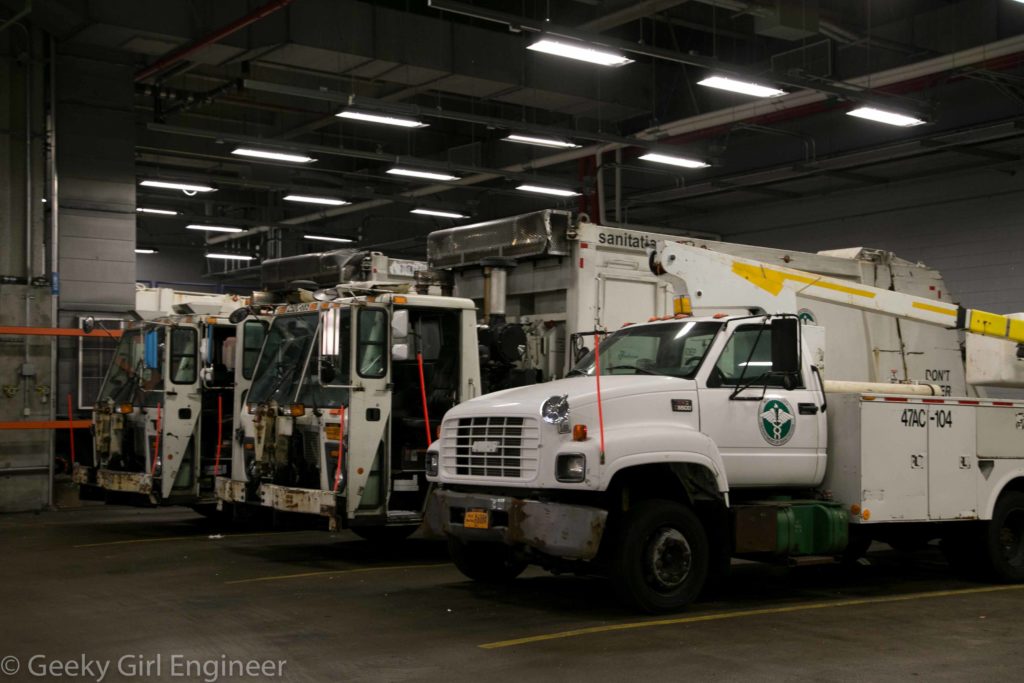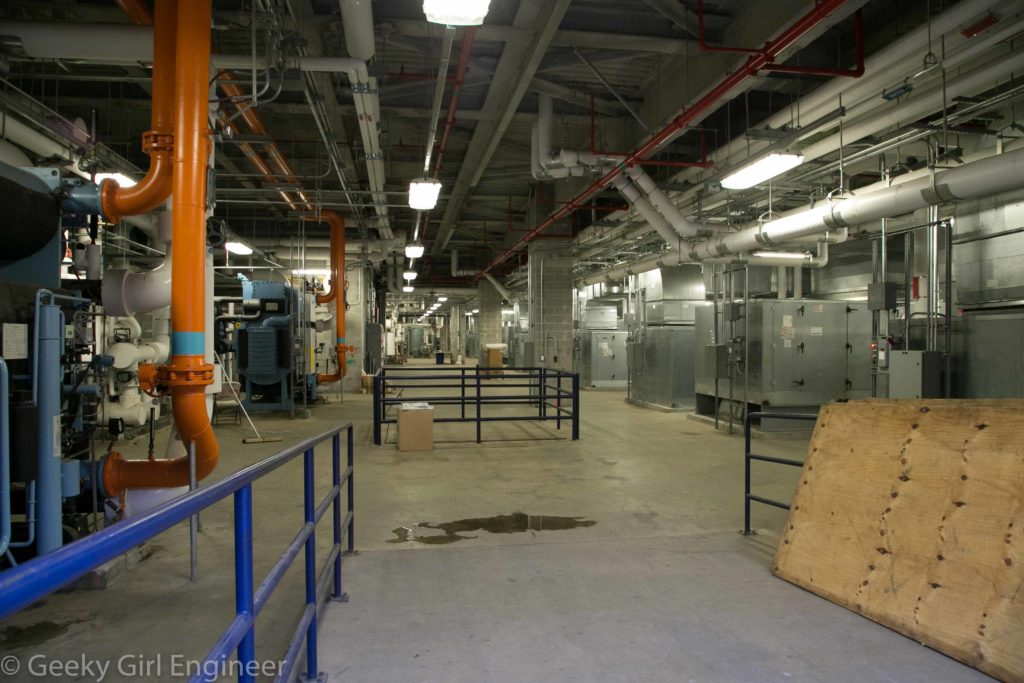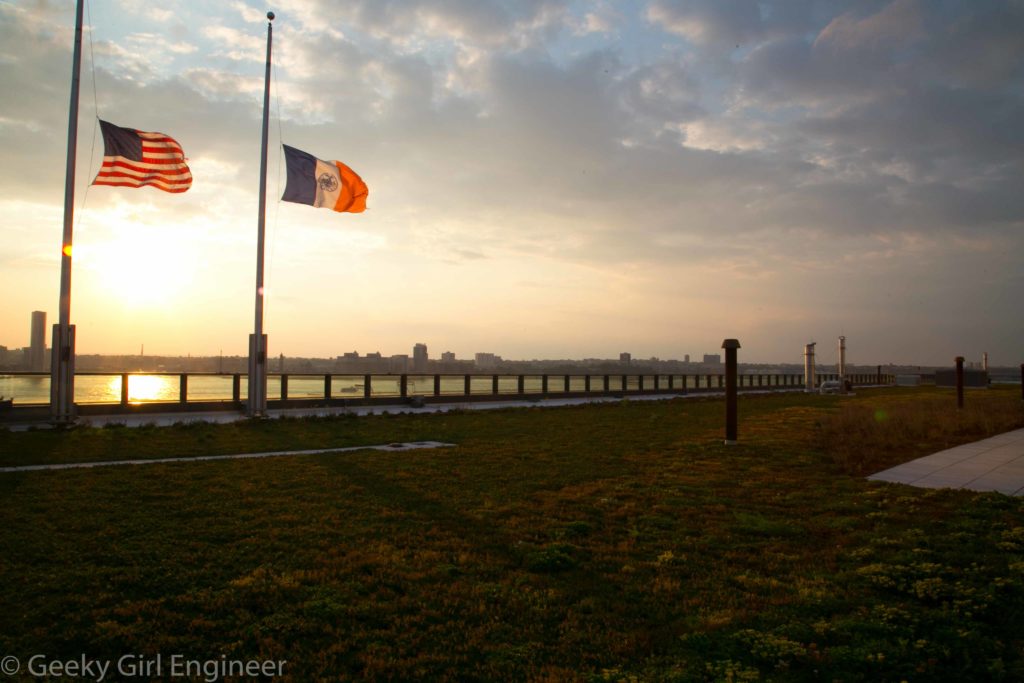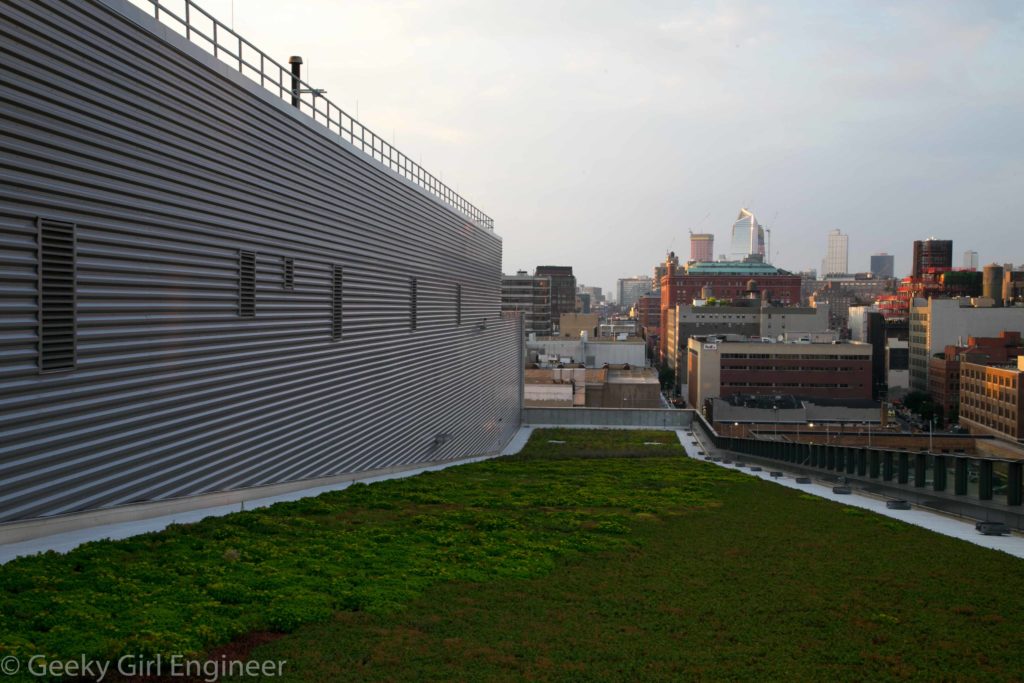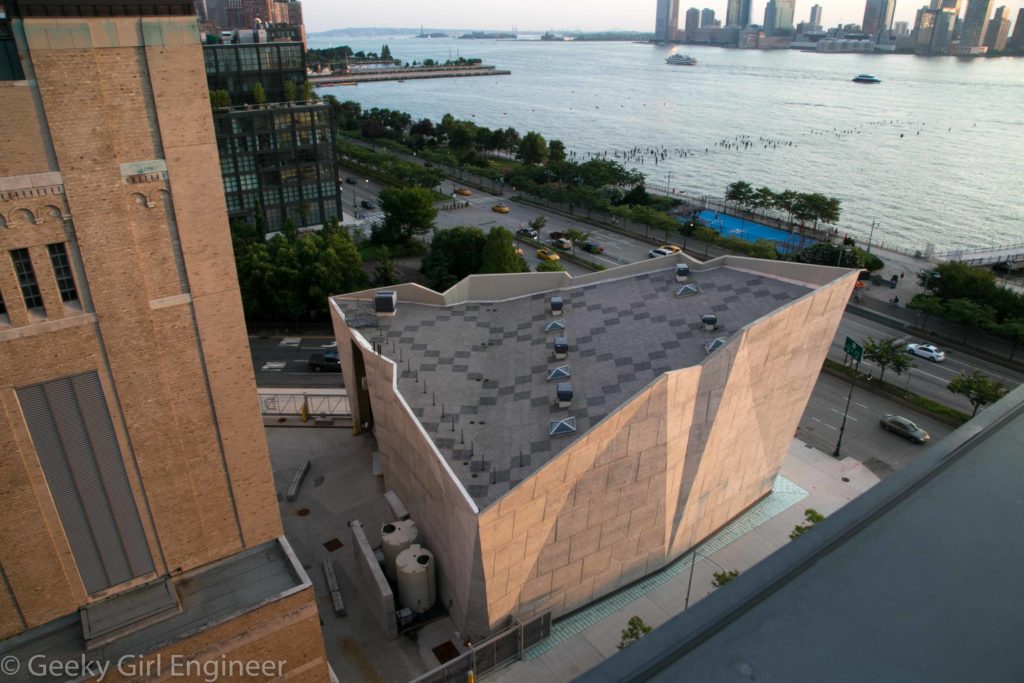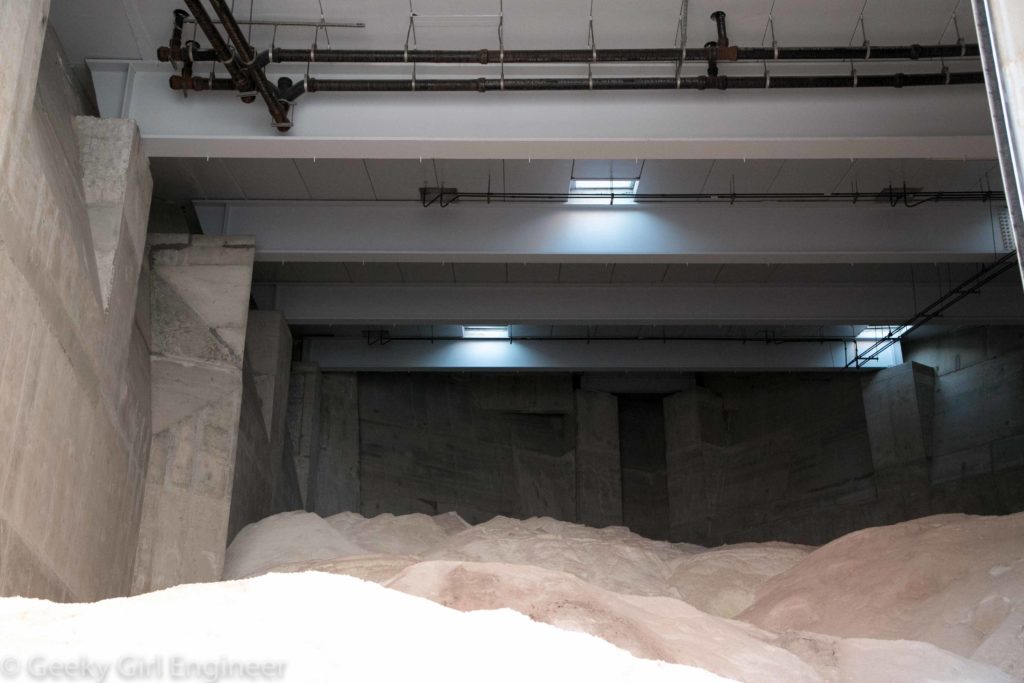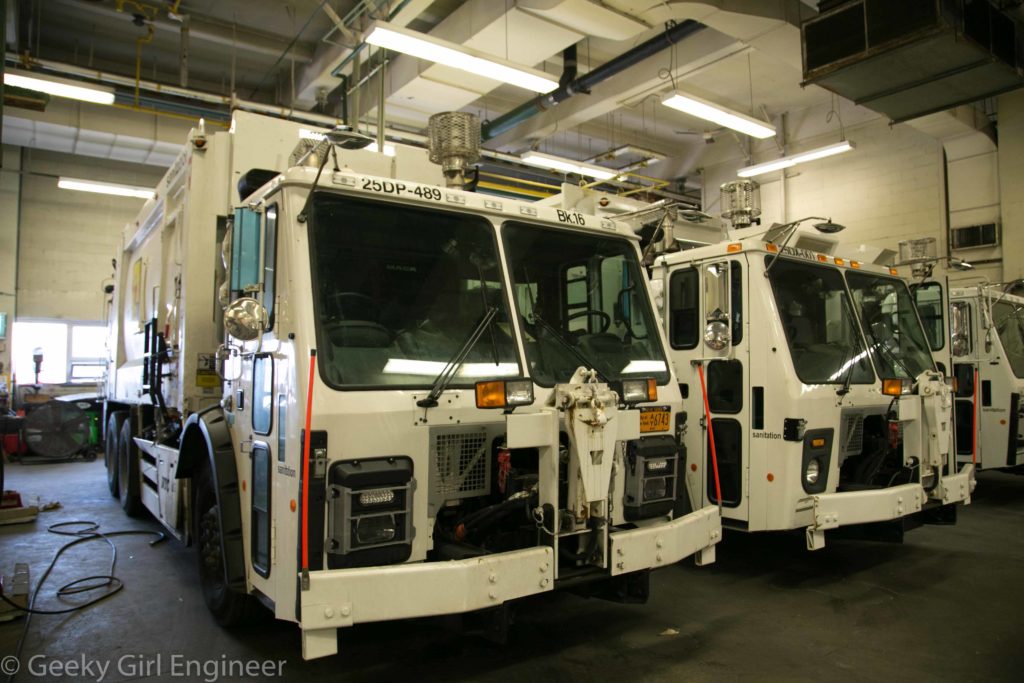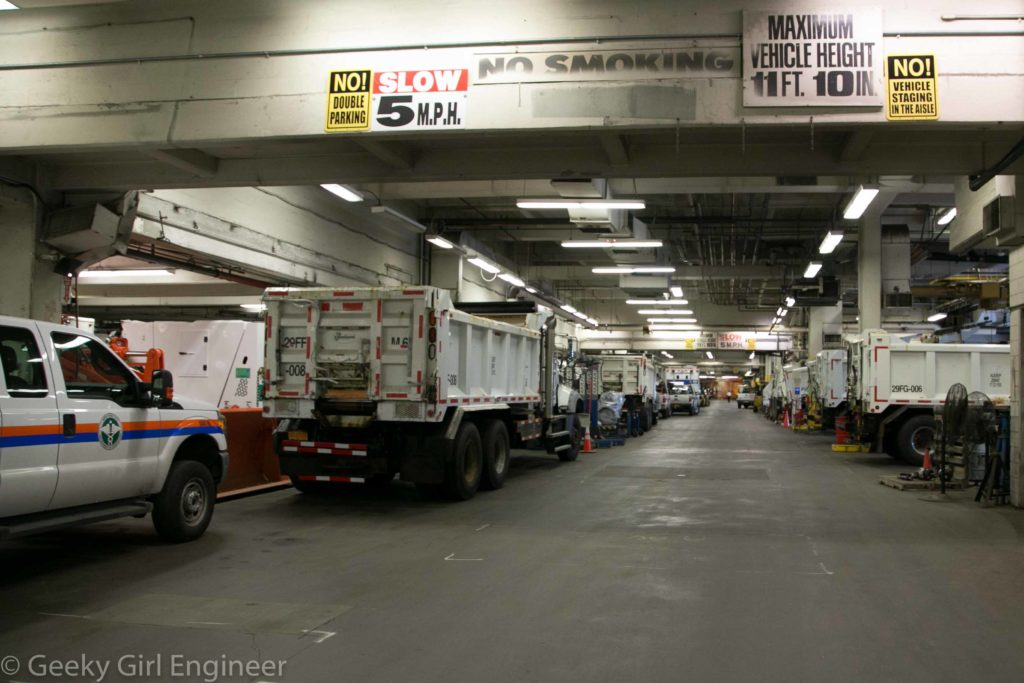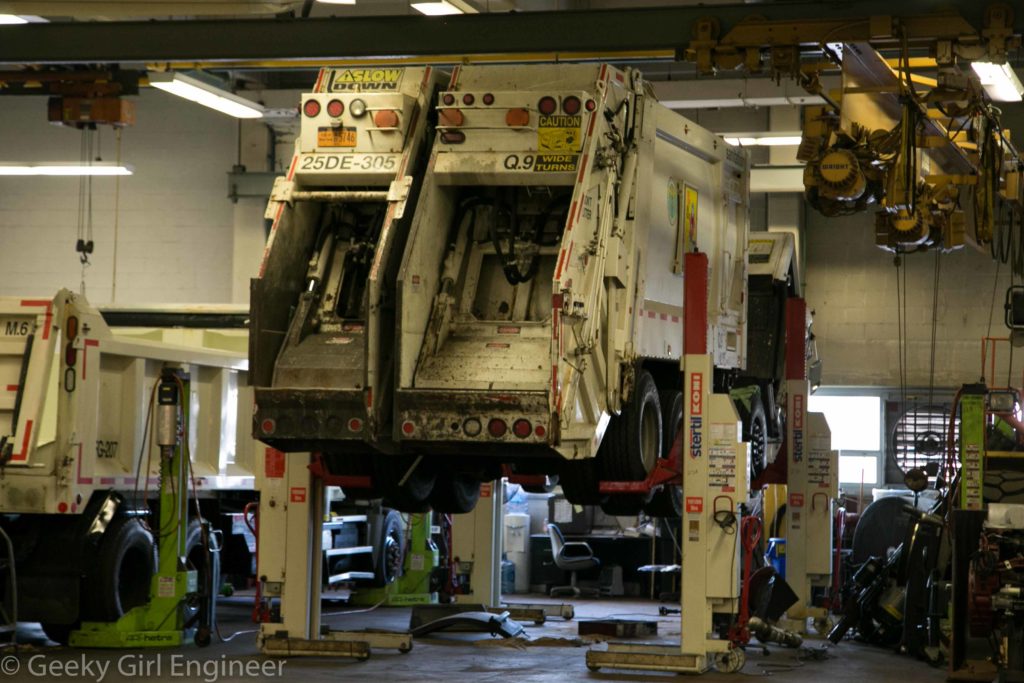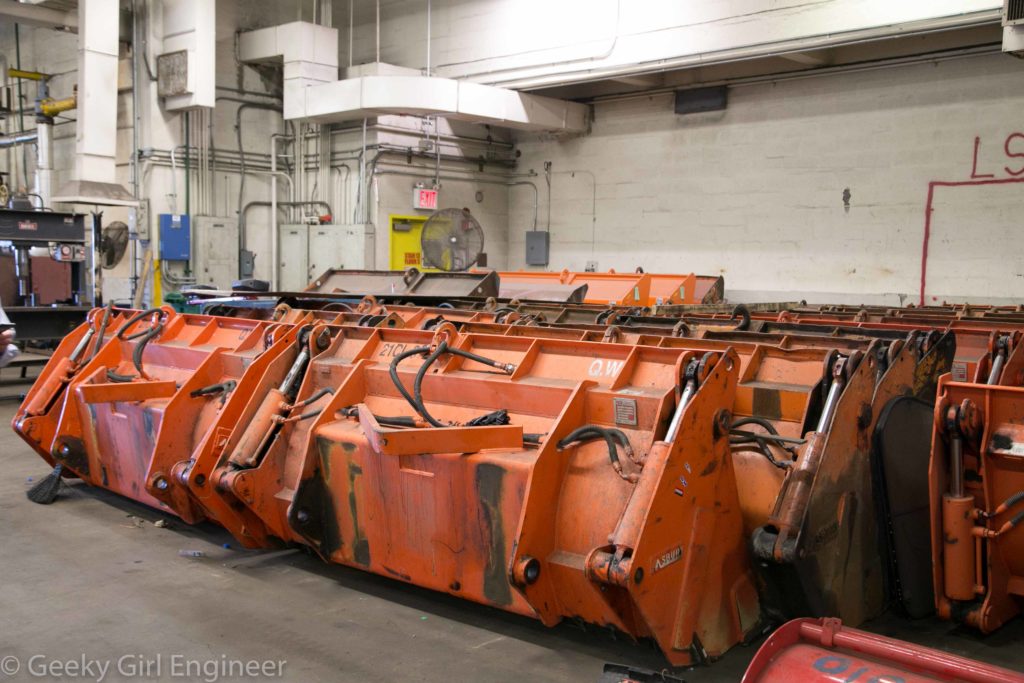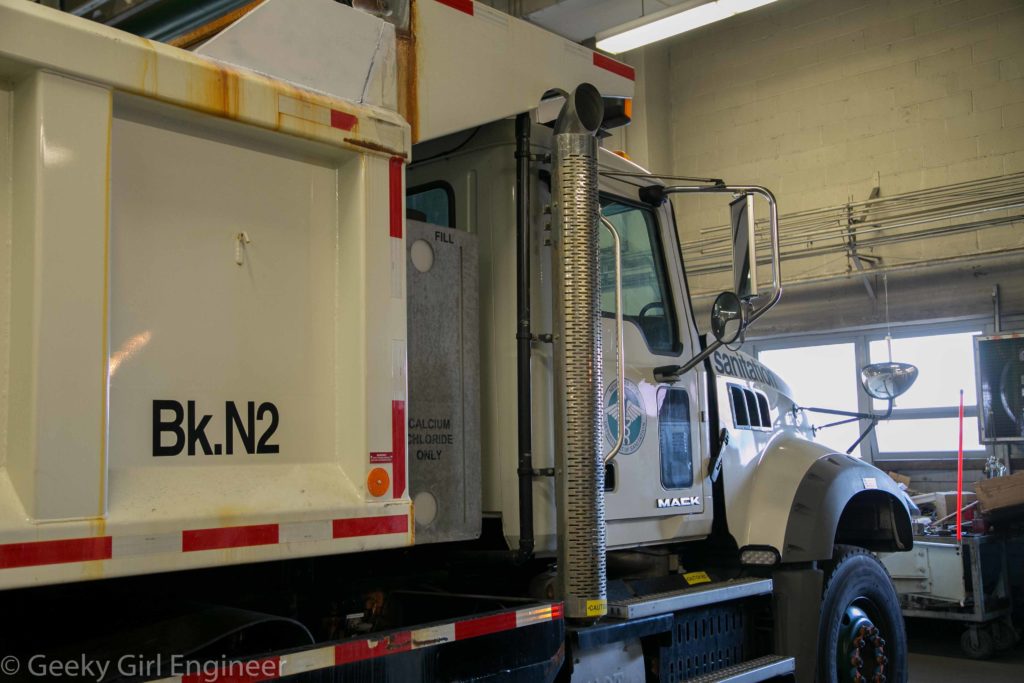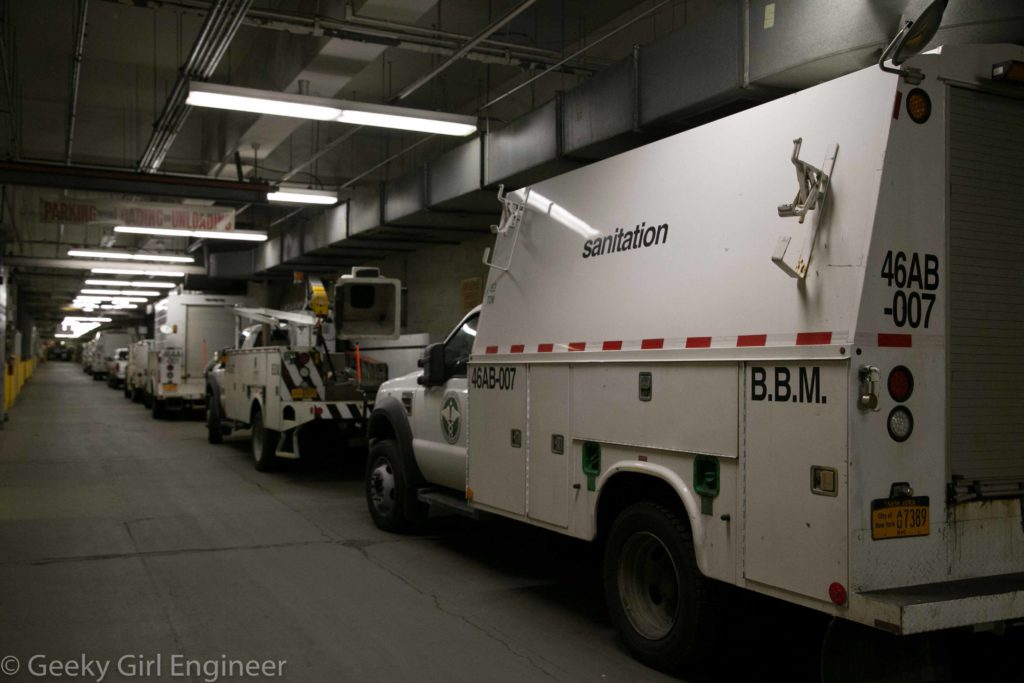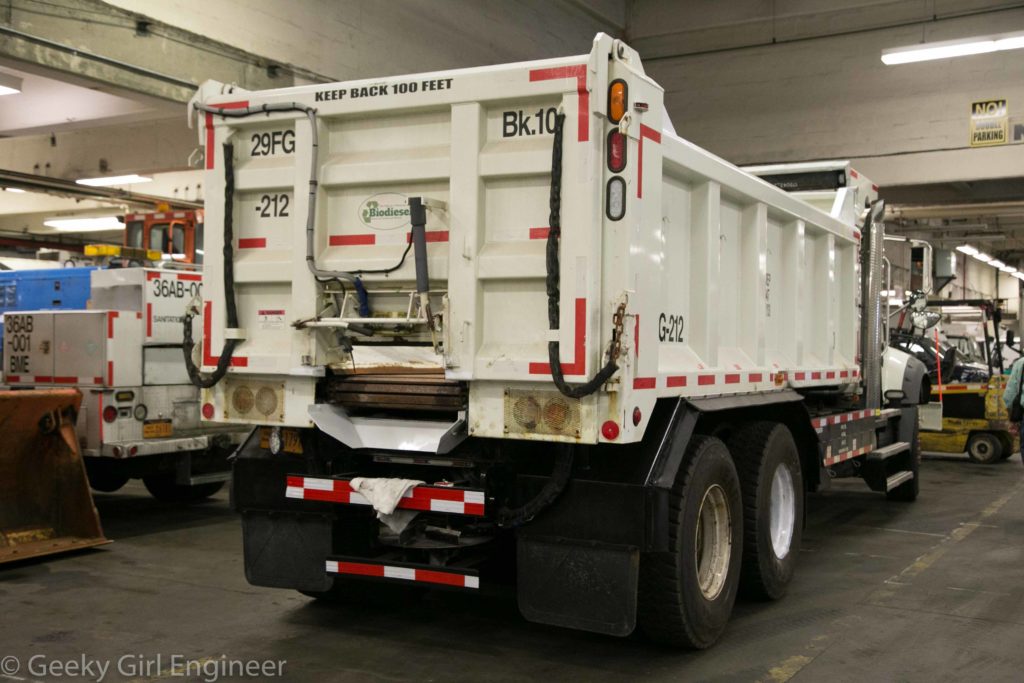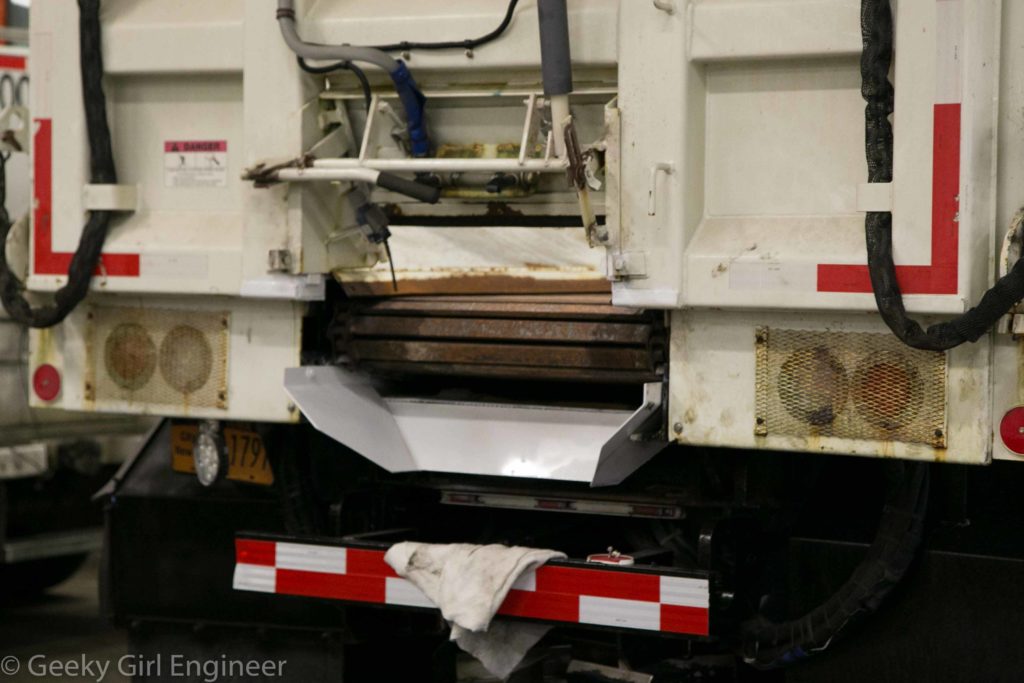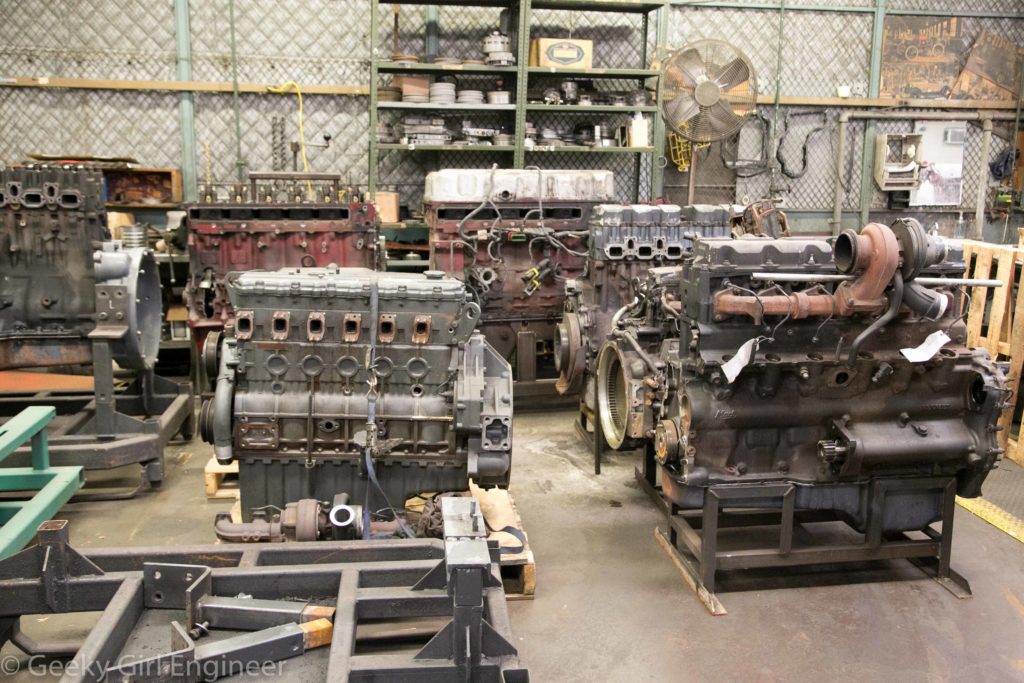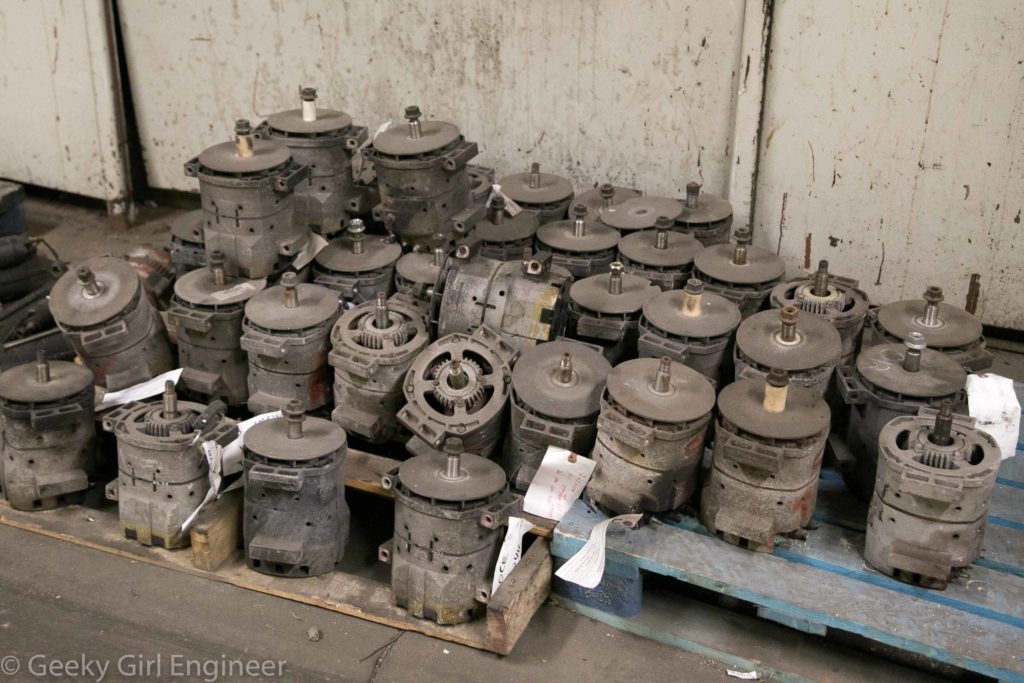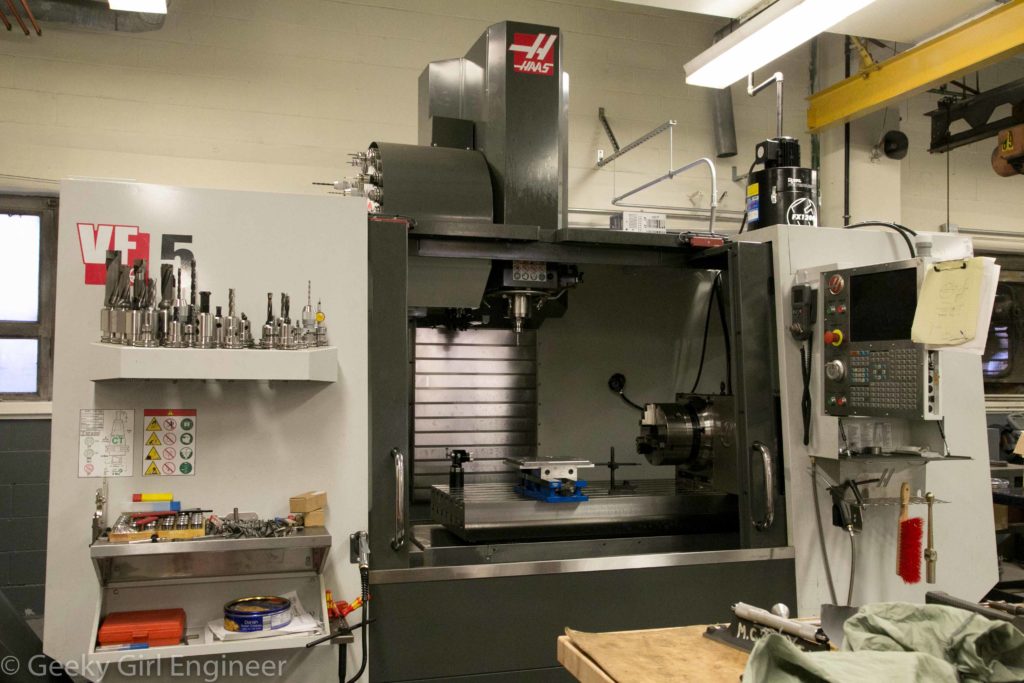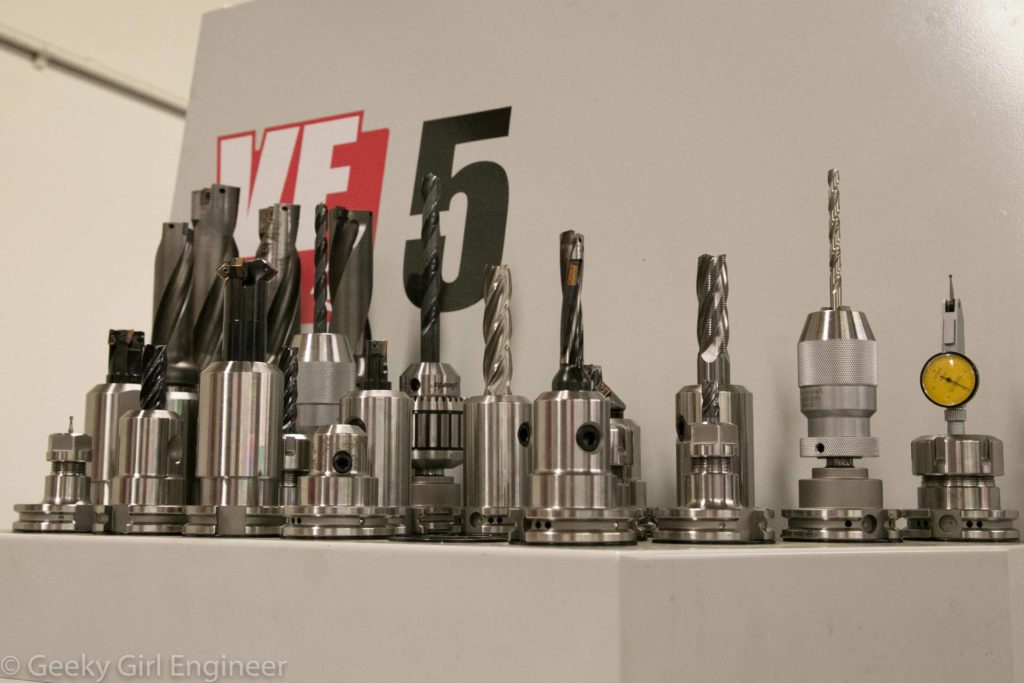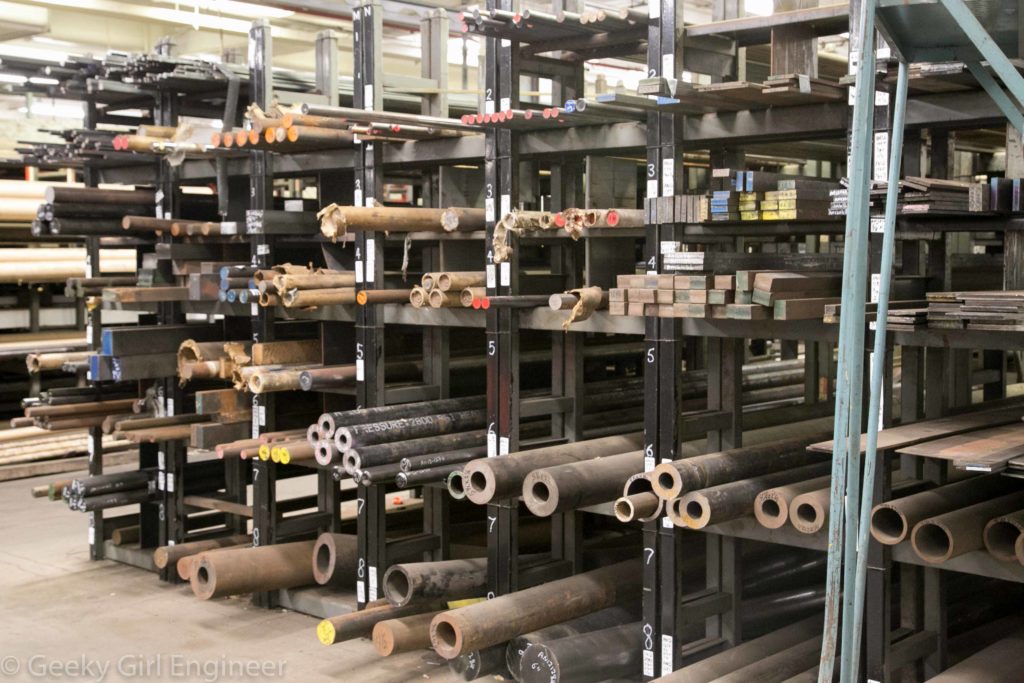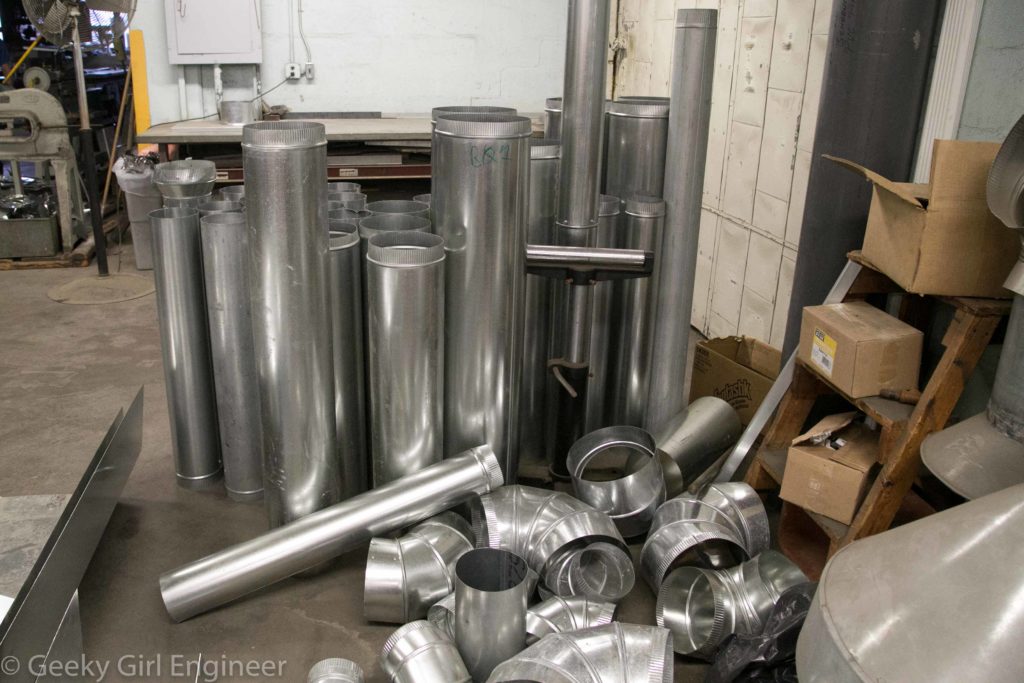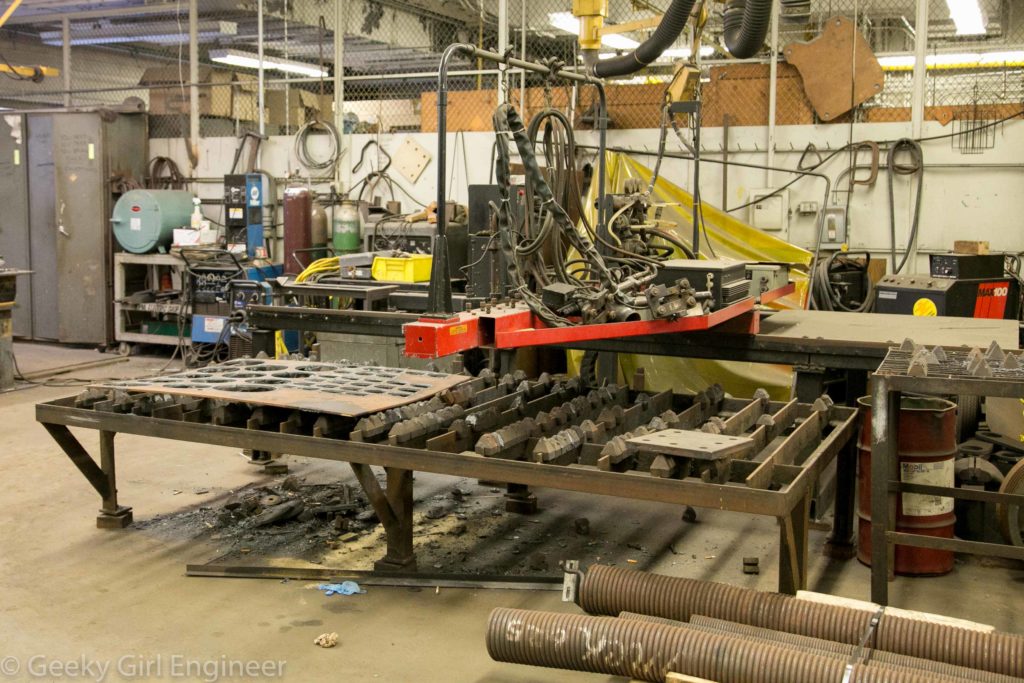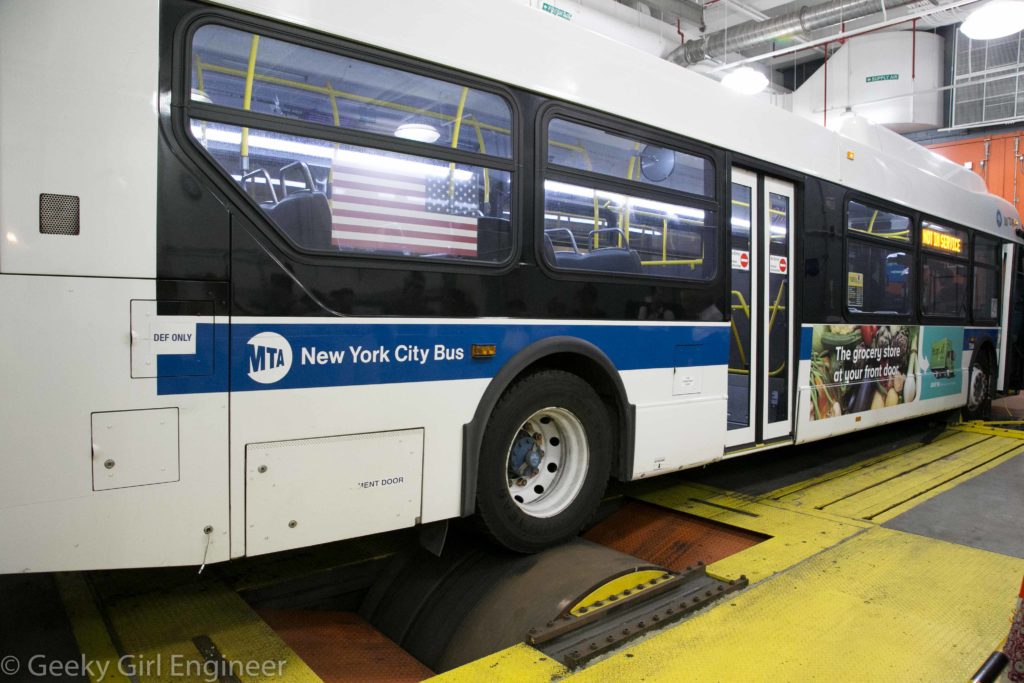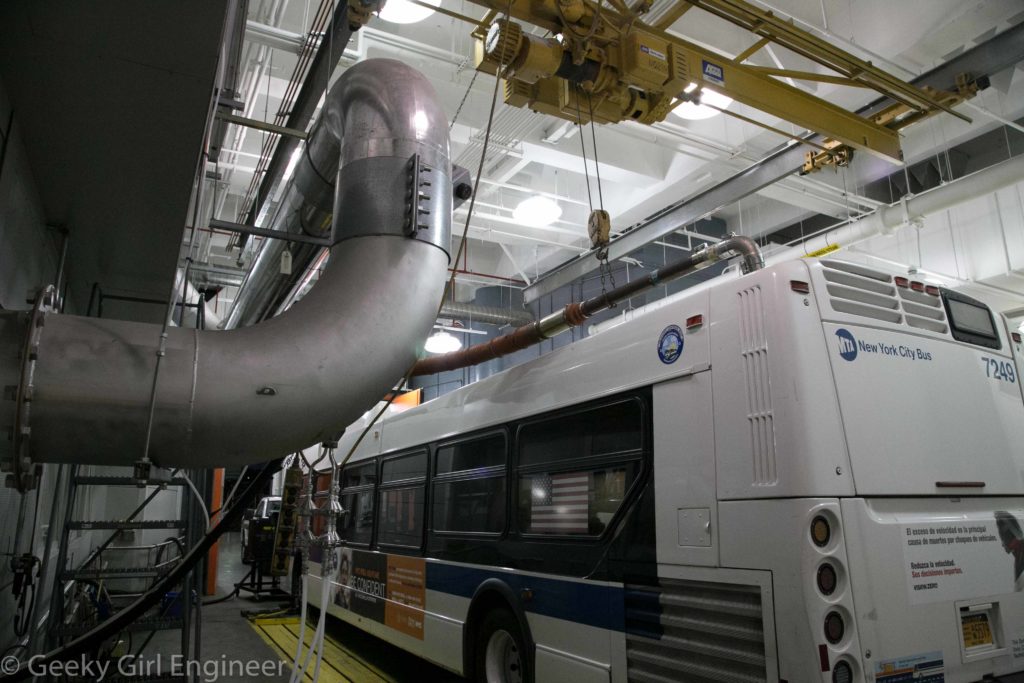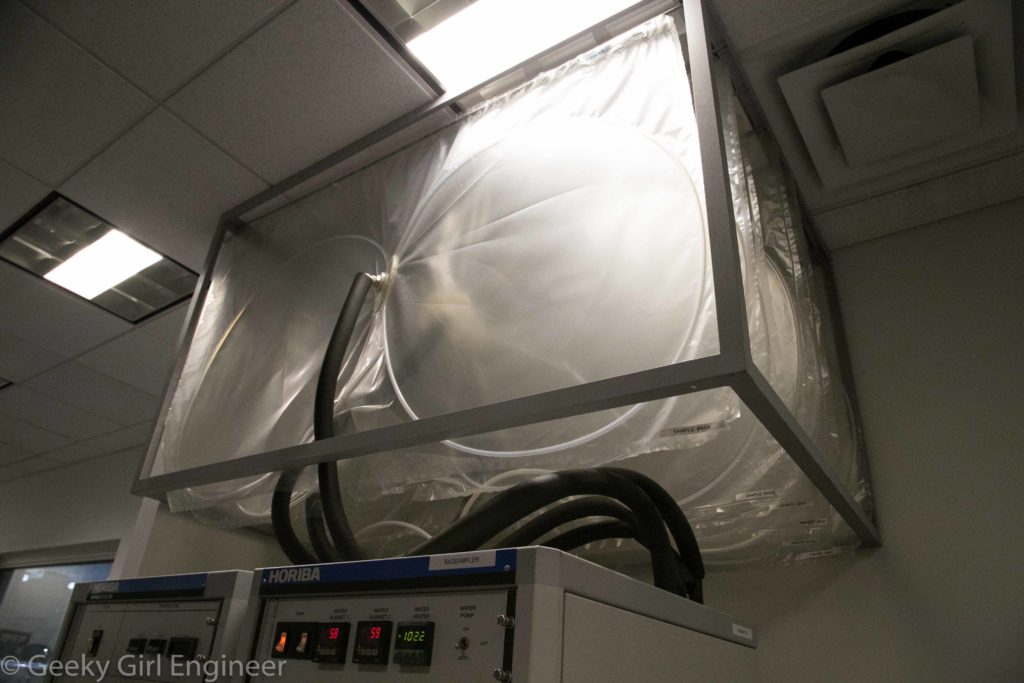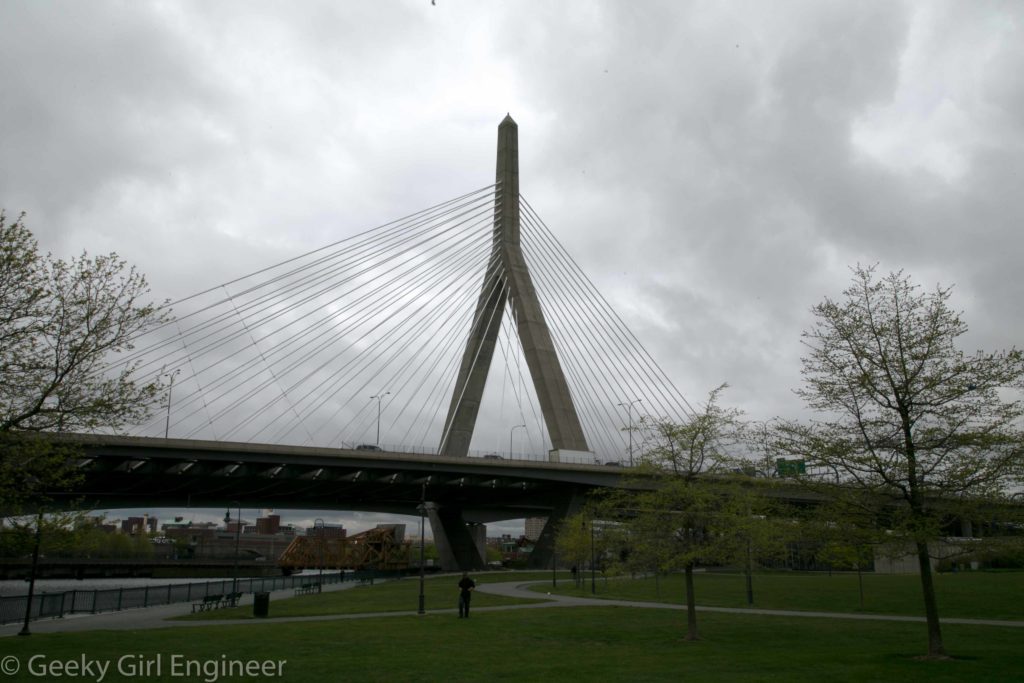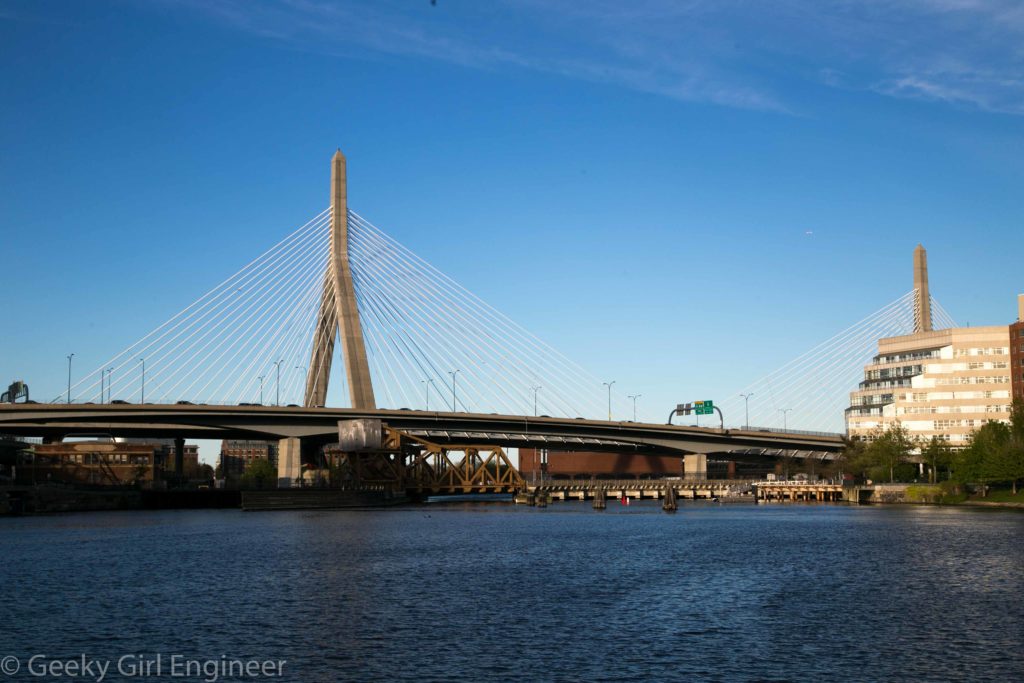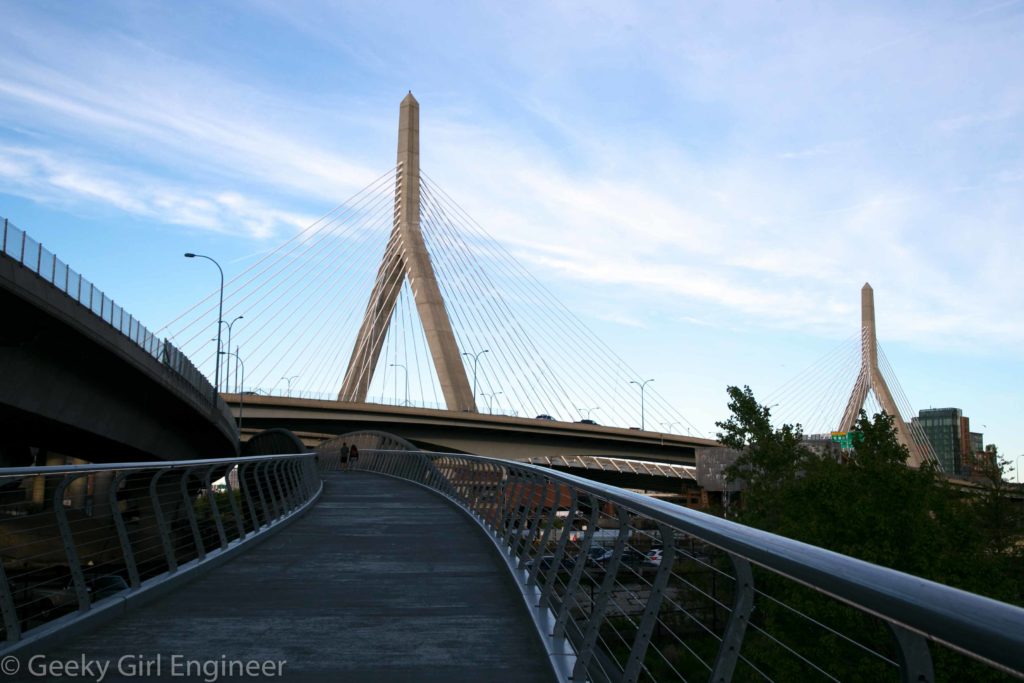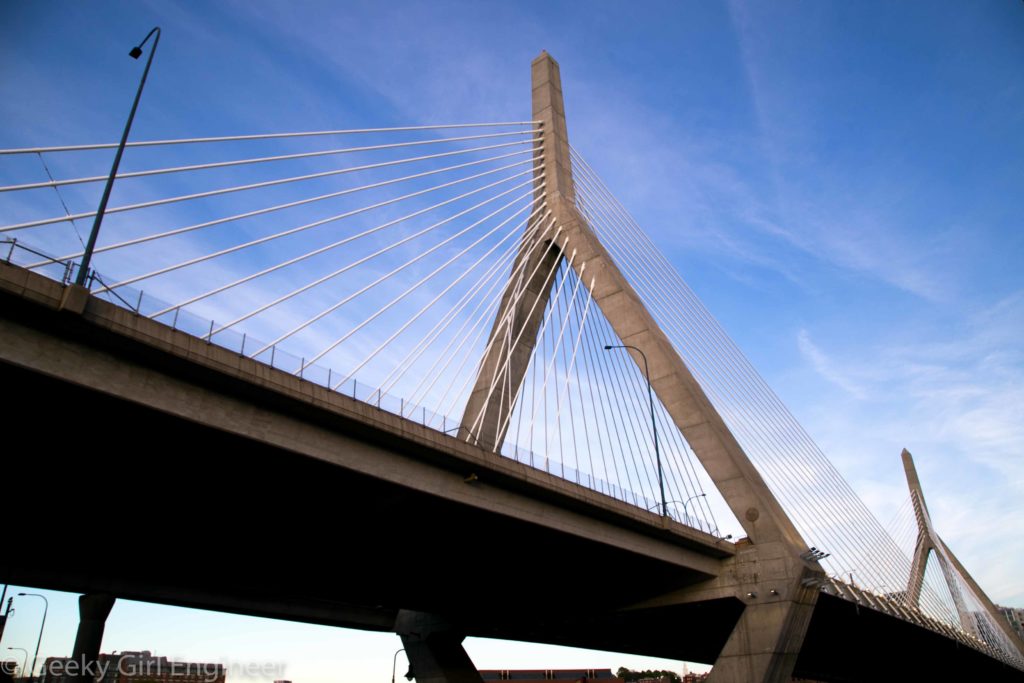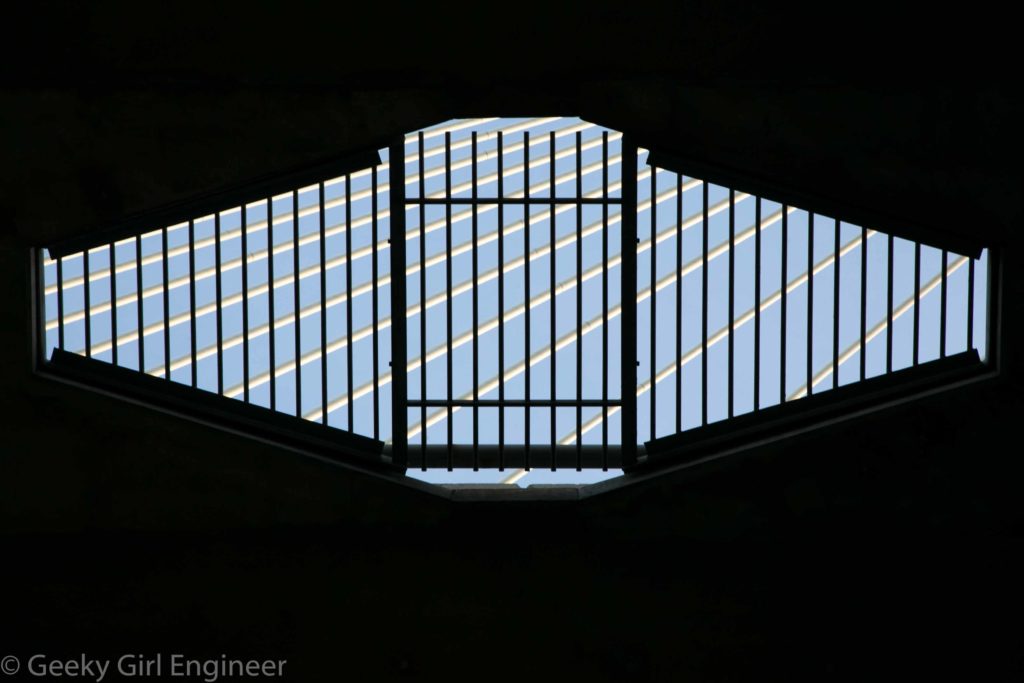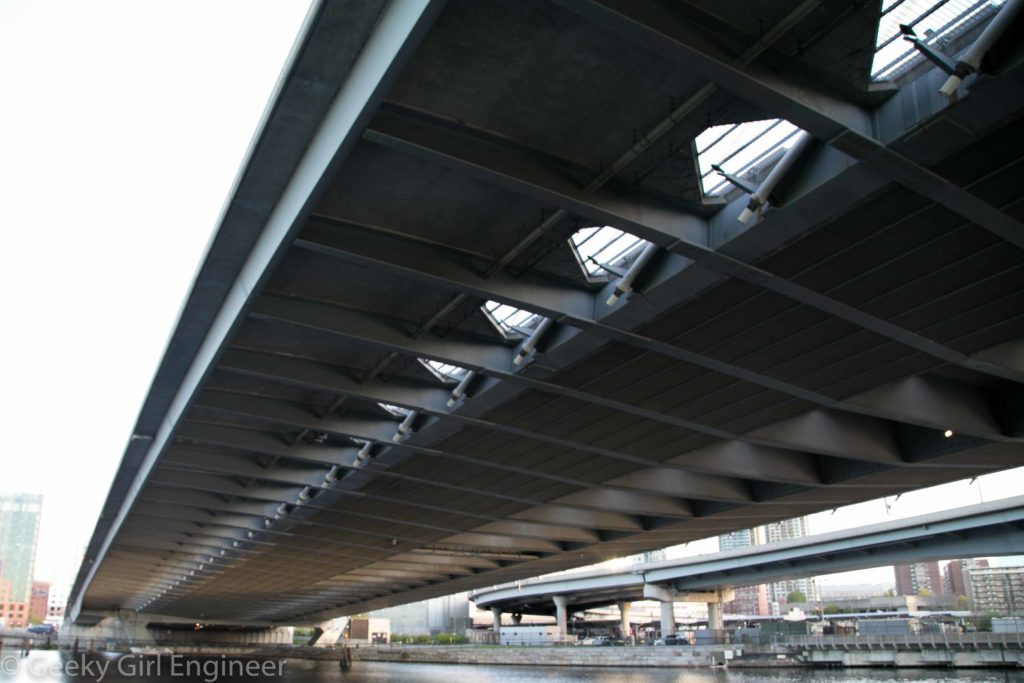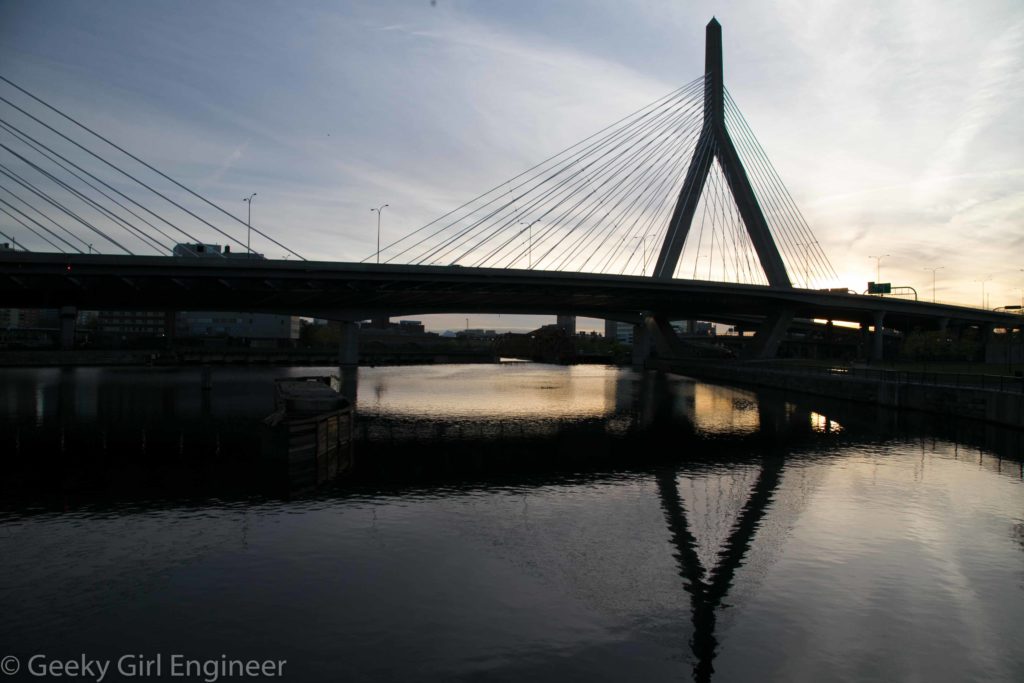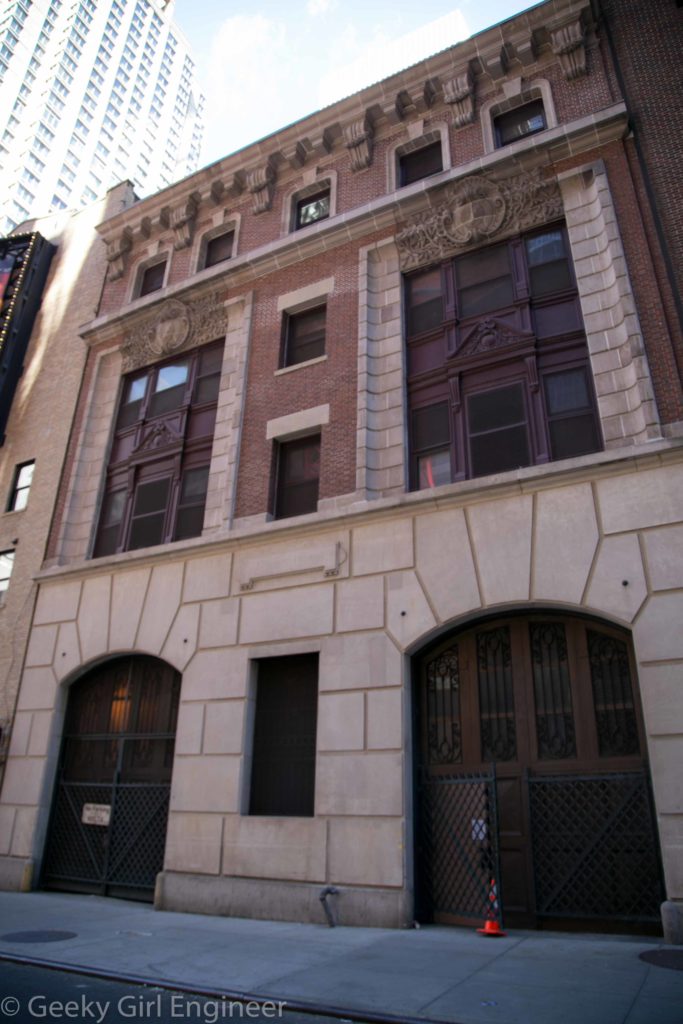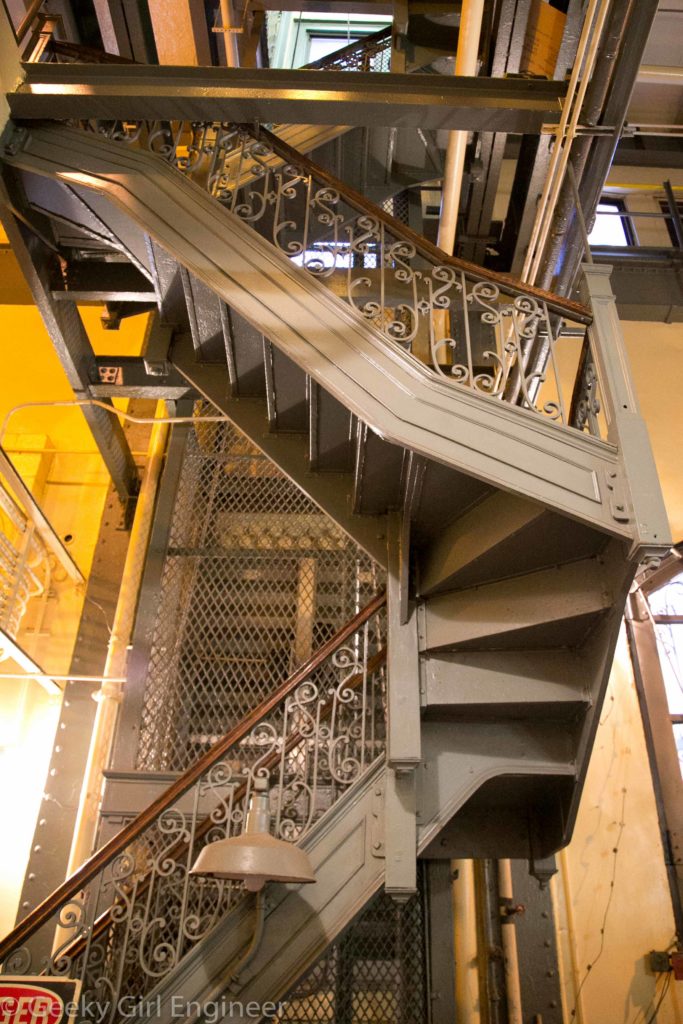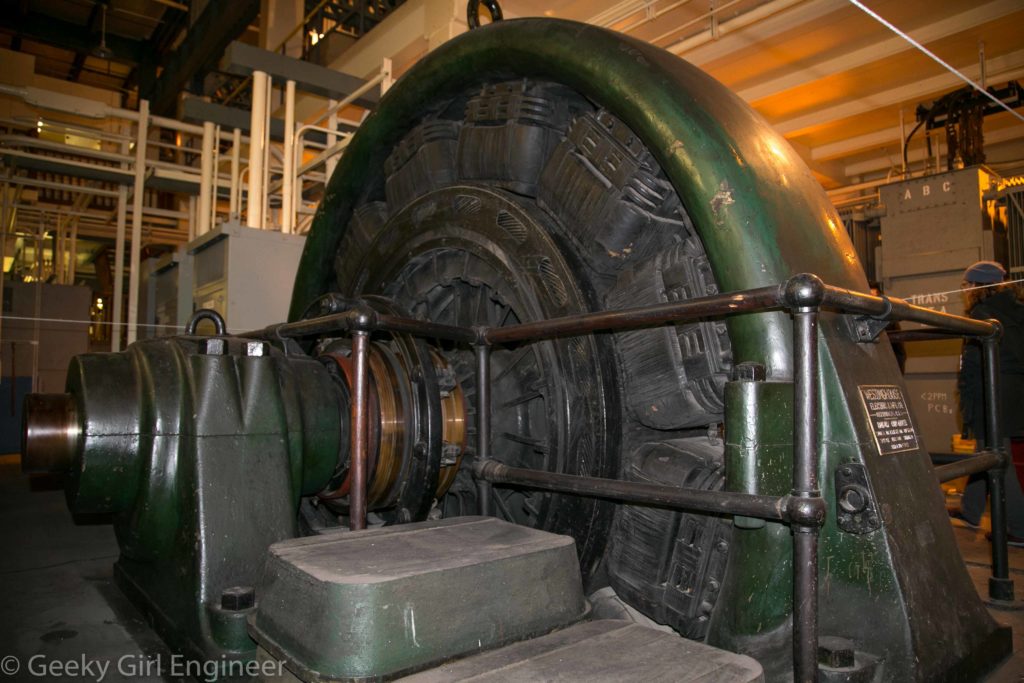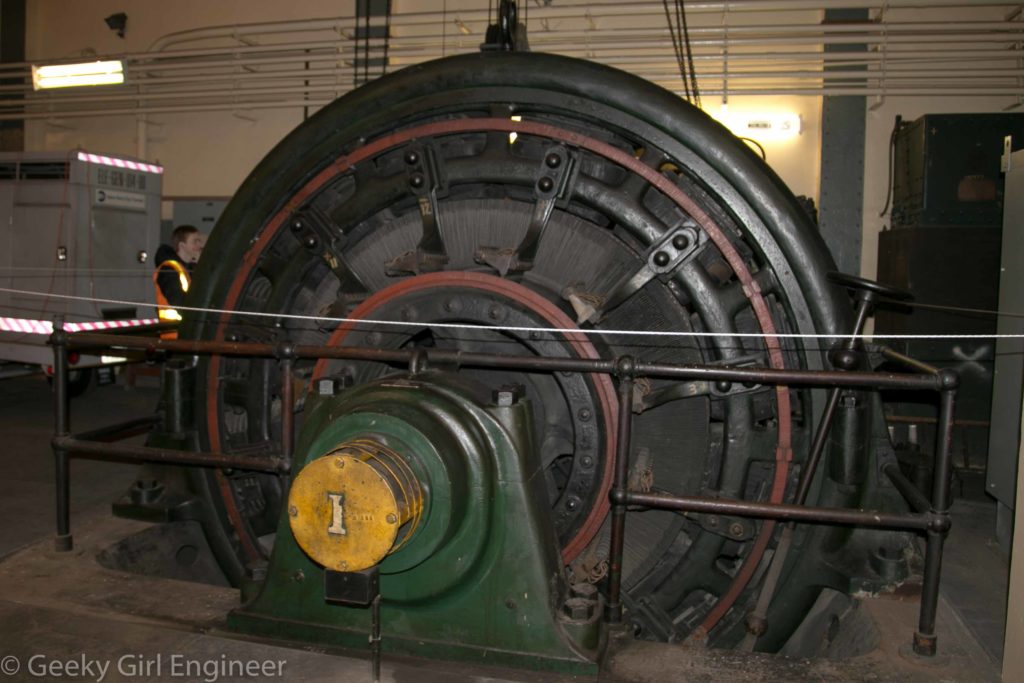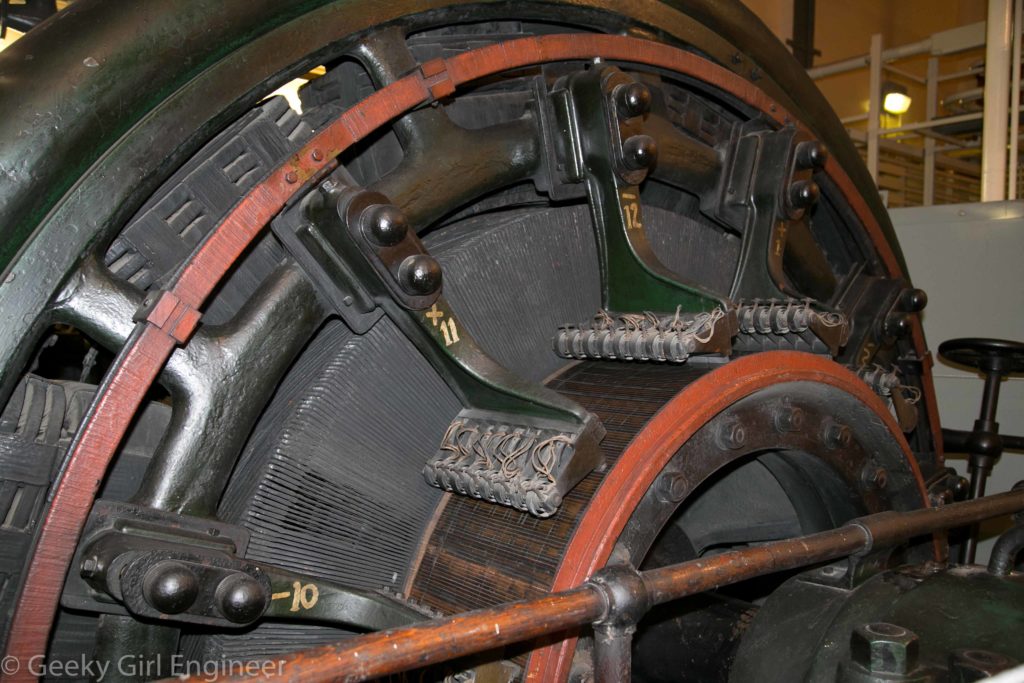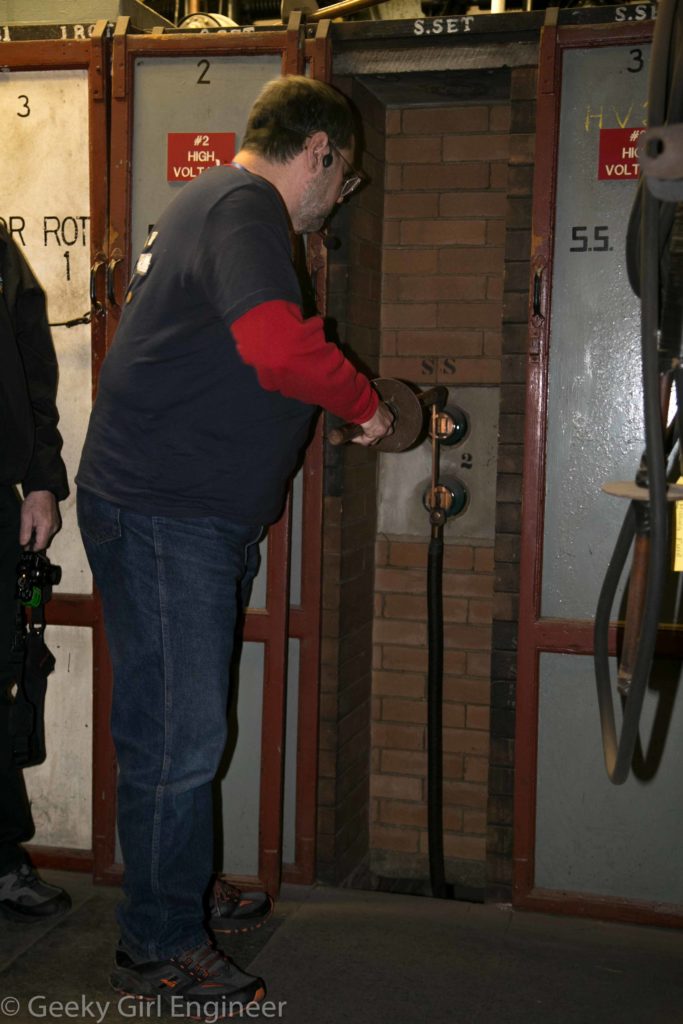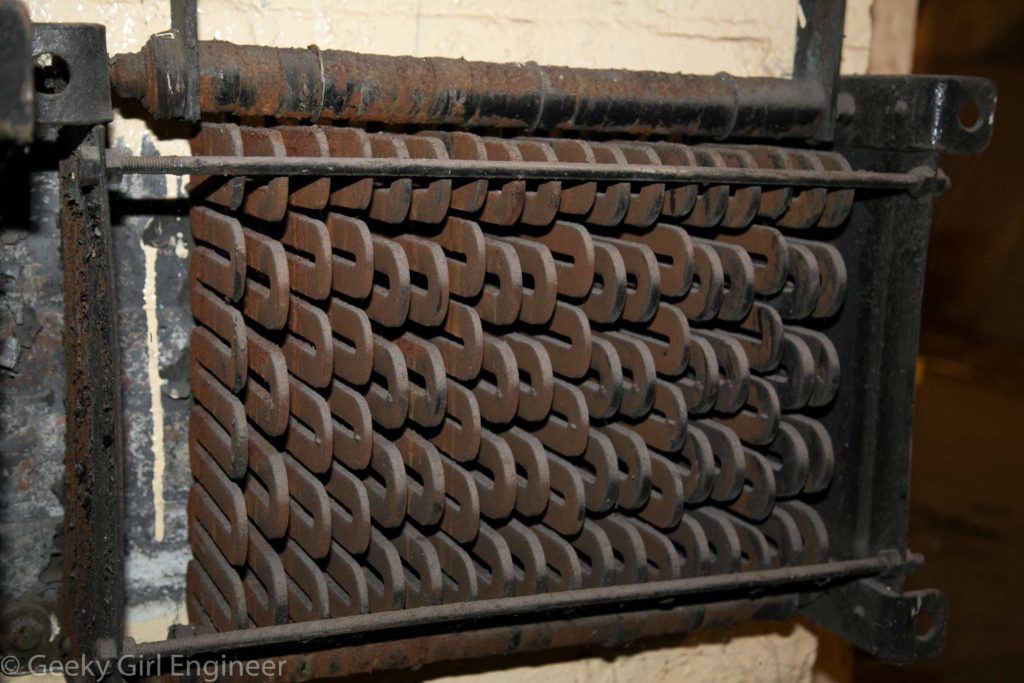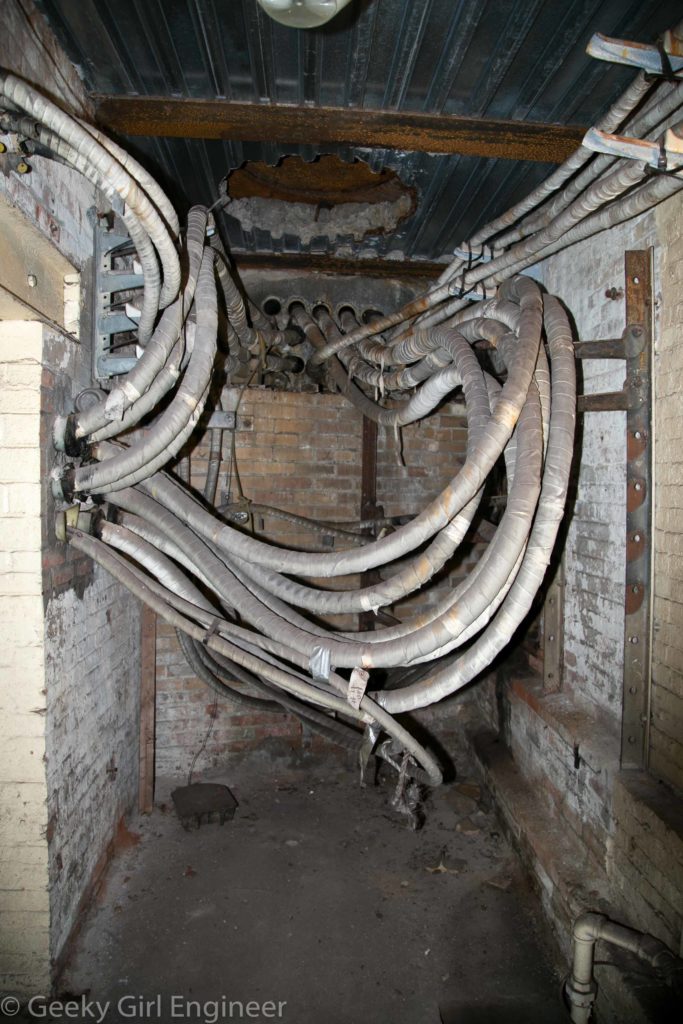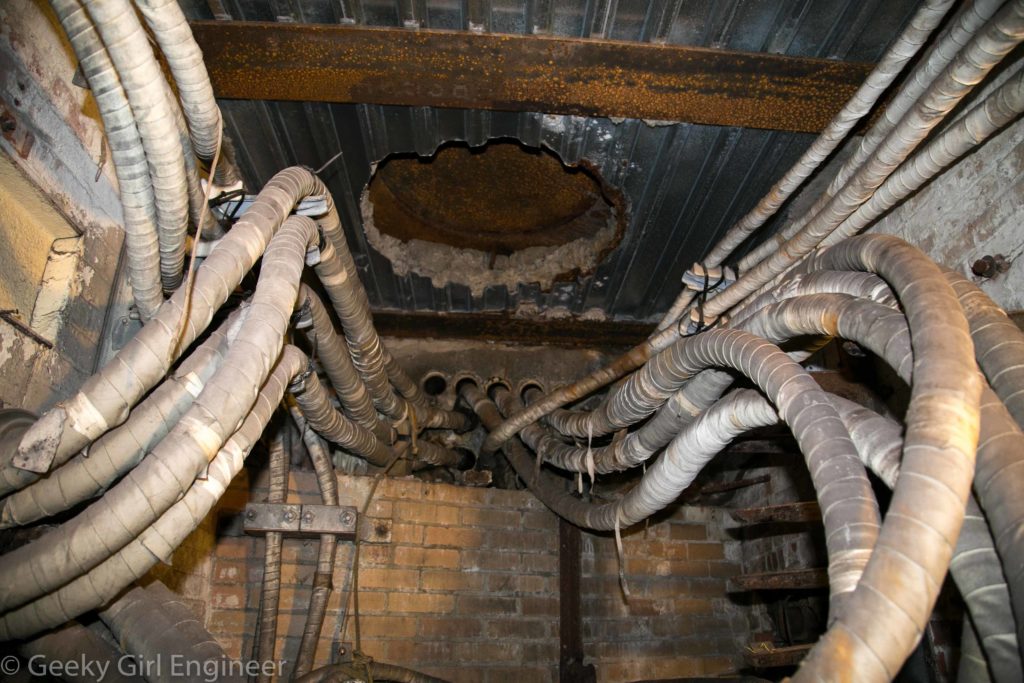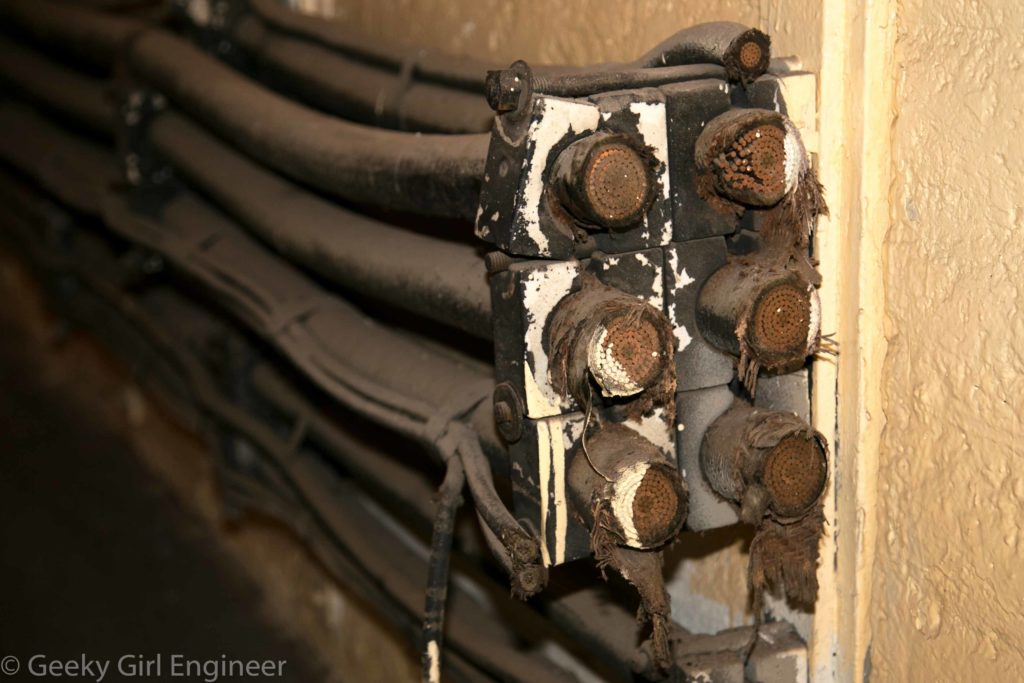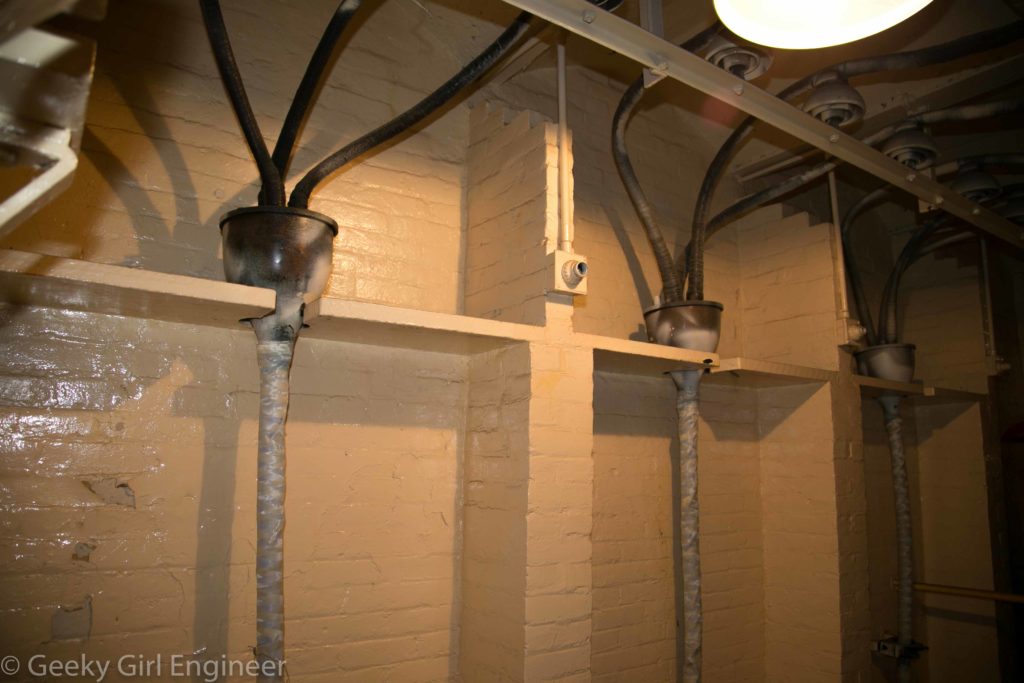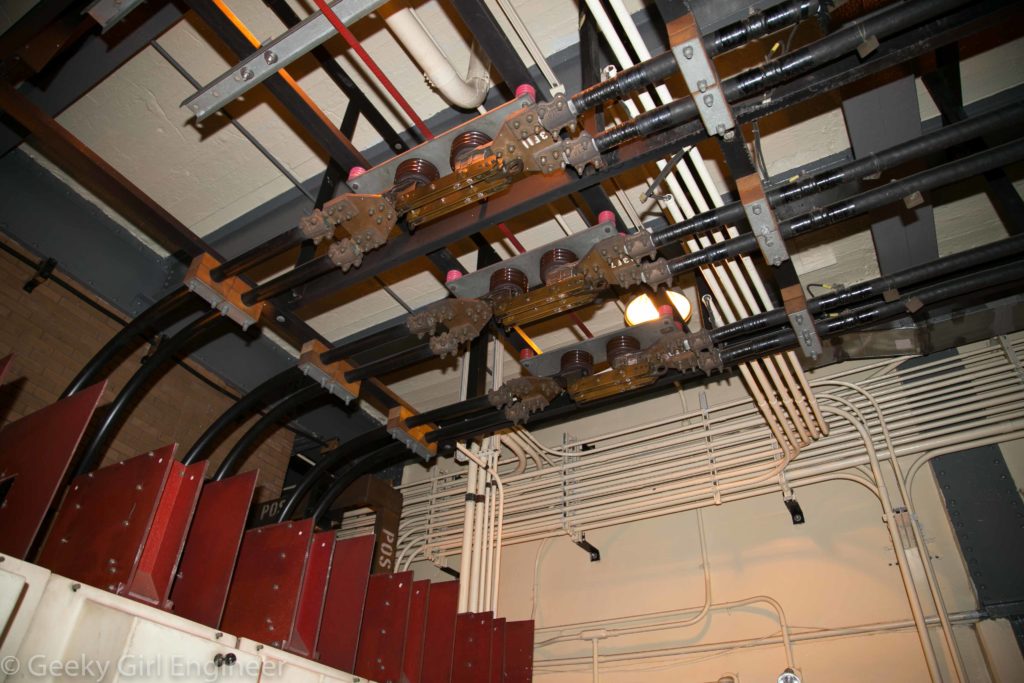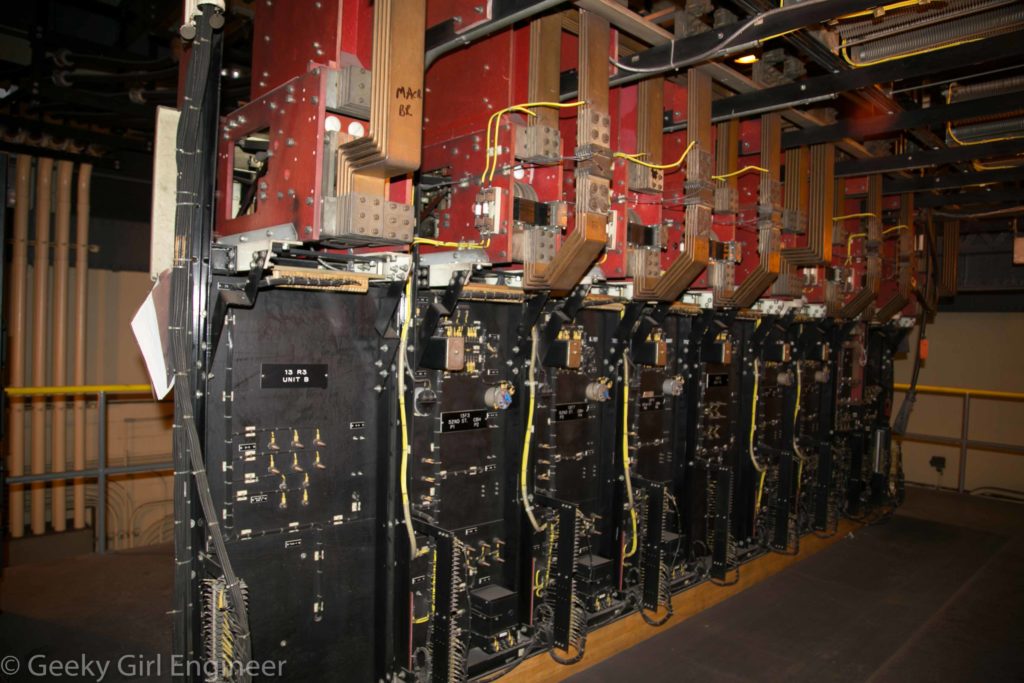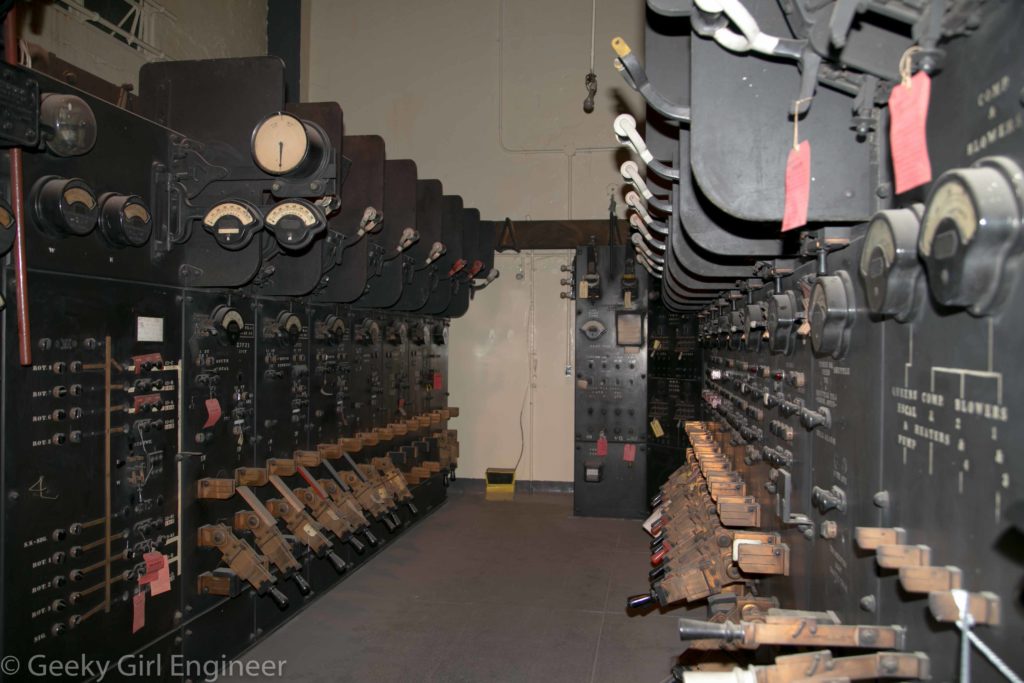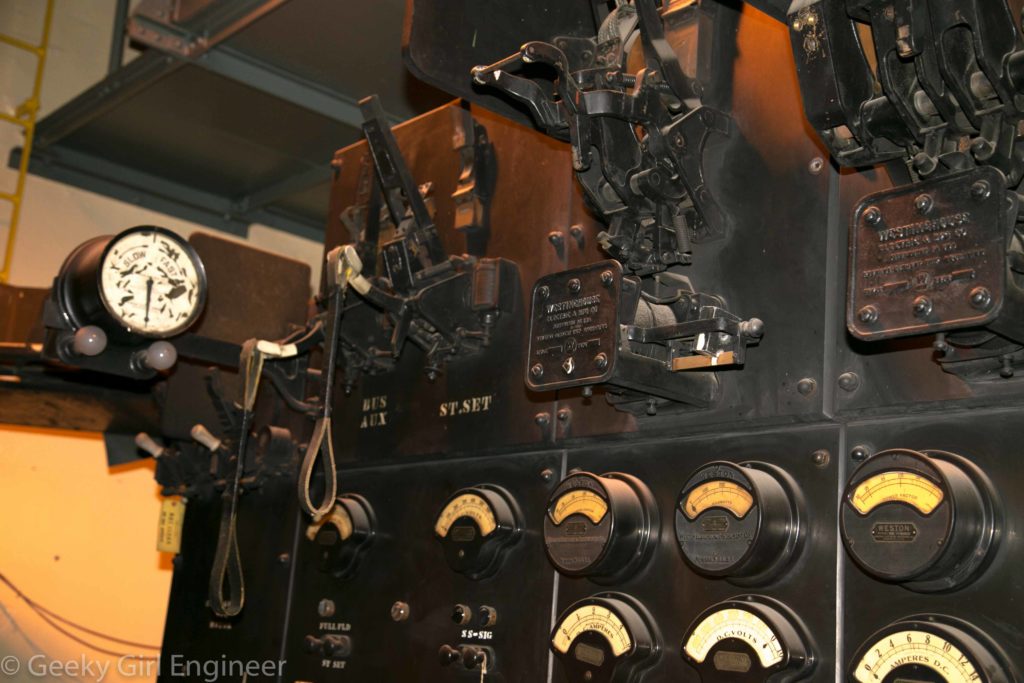The New York Times ran an article about people who like to drink “raw water.” Evidently there are people who do not like tap water and like to drink unfiltered, untreated, unsterilized water. According to the article, some people like the taste. Fair enough. Most of the time when people object to the taste of tap water, what they are objecting to is the taste of chlorine or chloramines that are added to kill bacteria that can make you sick. Using a filter at the tap or simply putting the water in a container and letting it sit in the refrigerator overnight will solve the taste issue. One of the parts of this almost completely one-sided article that I find the most telling and amusing is this paragraph.
“He said “real water” should expire after a few months. His does. “It stays most fresh within one lunar cycle of delivery,” he said. “If it sits around too long, it’ll turn green. People don’t even realize that because all their water’s dead, so they never see it turn green.””
Water does not turn green unless there is something growing in it. The person quoted understands that there are microorganisms (algae most likely because it turns green) growing in the water but thinks that is good thing. There is a reason why water purveyors are required to disinfect water. Bacteria and other microorganisms can cause illness. Not all microorganisms call illness, and some can have beneficial effects (i.e. probiotics). Groundwater does normally have less microorganisms than surface water, but it is not sterile. Further, hot springs does not mean sterile. Scientists have been studying the microorganisms in hot springs like the geysers at Yellowstone National Park for years. Those microorganisms are often called extremophiles because they are so different from the “normal” microorganisms we normally find in less extreme settings.
Some people are concerned about the fluoride that is added to water to help dental health, and a person quoted in this articles believes it is a mind-control drug. Fluoride does help dental health, and it is not a mind-control drug. I really don’t even know where to go with the claim that fluoride is a mind-control drug, so I have decided not to address it right now. Also fluoride can be naturally occurring in groundwater.
However, here, I would like to address the issues with not treating or filtering water and all the other contaminants that can be in water, including but not limited to the microorganisms. The Environmental Protection Agency (EPA) sets limits on microorganisms, disinfectants, disinfectant byproducts, inorganic, organics, and radionuclides. Bottled water is regulated by the Food and Drug Administration (FDA), not the EPA, and the regulations and testing requirements are different. Tap water is tested more frequently and has more monitoring requirements.
Just because water comes from the ground does not mean that it is pure or clean. Bacteria naturally grows in groundwater. Groundwater normally has ions including metals in it, and not all of those metals are good for people. The only way to know if it is free of contaminants is to test it. The United States Geological Survey (USGS) studies and samples groundwater and surface water across the United States. I randomly pulled several reports by searching on water quality and groundwater at USGS’s website. This report of sampling from 2014 found heavy metals in almost all groundwater samples, as well as pesticides and volatile organic compounds (VOCs). “Groundwater Quality in the Yuba River and Bear River Watersheds, Sierra Nevada, California” indicates that while the groundwater is mostly clean, a few samples had high concentrations of four elements (arsenic, barium, molybdenum, and strontium), a few samples had high radioactivity, and coliforms were detected in over 20% of wells. This report on groundwater quality in Lycoming County, Pennsylvania shows 52% of the samples exceed the EPA standard for total coliform, 12% of the wells exceeded the Maximum Contaminant Level (MCL) for arsenic, 67% exceeded the MCL for Radon-222, and a few exceeded the reporting limit for various VOCs.”Groundwater Quality in the Northern Atlantic Coastal Plain Aquifer System, Eastern United States” found fluoride, arsenic, and manganese in high concentrations in some of the samples. [Note this is naturally occurring fluoride.] Radioactive constituents were present at high levels in about 1% of the samples and at moderate levels in about 12%.
This is the reason why water treatment plants are not one size fits all. All water treatment plants have to disinfect the water. They can’t test for all microorganisms, but they test for indicator microorganisms like total coliform to determine how much disinfect is needed. They also have to test for VOCs, radionuclides, and numerous other indicators. They also test for smell and taste. Common processes at water treatment plants include flocculation and filtration to remove dissolved and suspended particles (this includes microorganisms). The source water will dictate what processes are used and the amount of treatment. The point of the treatment is to clean the water, make sure it meets the requirements set by the EPA and whatever respective state the plant is in, and prevent the people from drinking it from getting sick because of the water. The people of the United States can thank water treatment for better health. Drinking “raw water” means returning to the taking chances on acquiring an illness that people of the past were happy to do away with when water treatment plants became standard and laws like the Safe Drinking Water Act were passed. Edited to add: The EPA sets National Primary Drinking Water Regulations (NPDWR), which are legally enforceable primary standards and treatment techniques that apply to public water systems, and clicking on this embedded link will take to you a list of them along with the health problems that can occur if the water contains one of those chemicals or microorganisms above that limit.
Author’s Note: When I originally wrote this, I referred to microorganisms that live in extreme settings as xenophiles. I meant to say extremophiles. I have corrected it, and I apologize for any confusion. This is what happens when I edit my own writing. I think I had xenobiotics in my head. Xenobiotic is term generally used to describe chemicals that are foreign to body or ecosystem. In my field, I often use that term when speaking of a contaminant in the environment that needs to be cleaned up. You might find xenobiotics in raw water.







